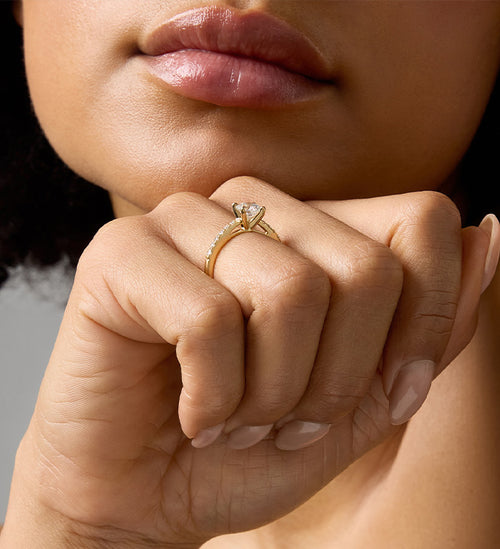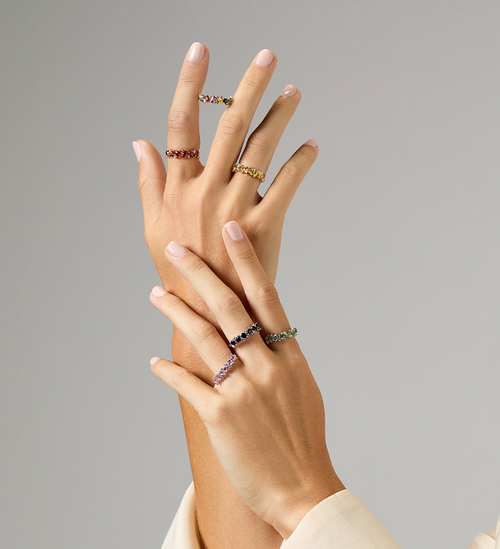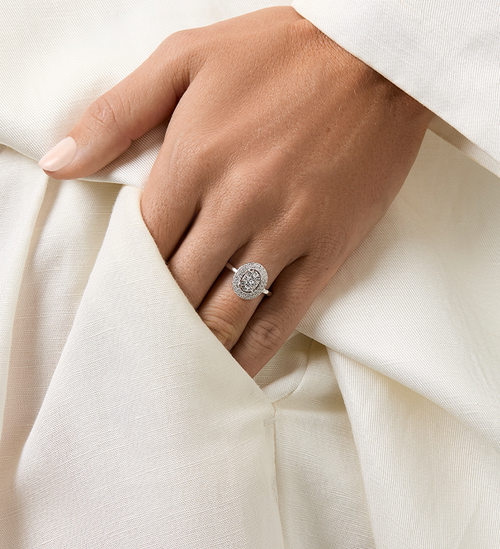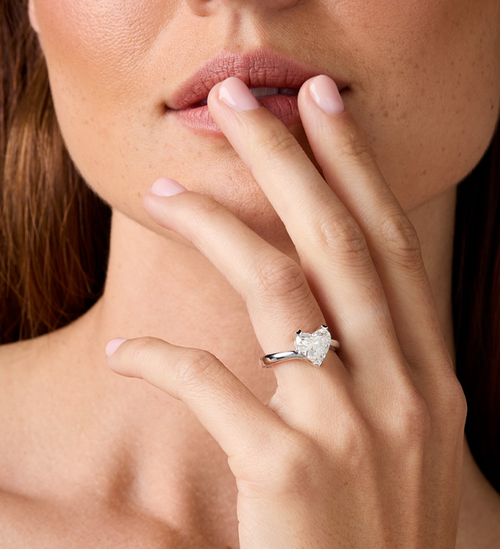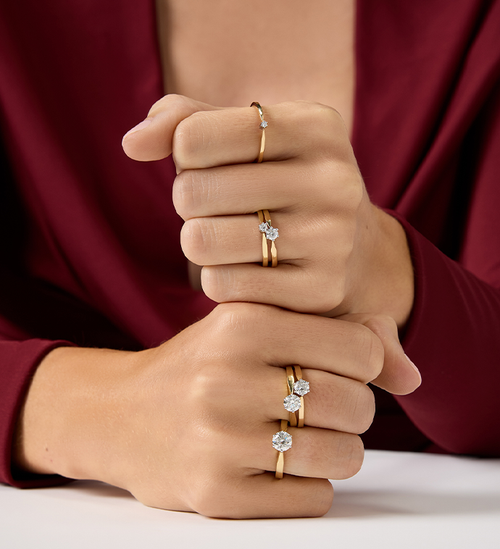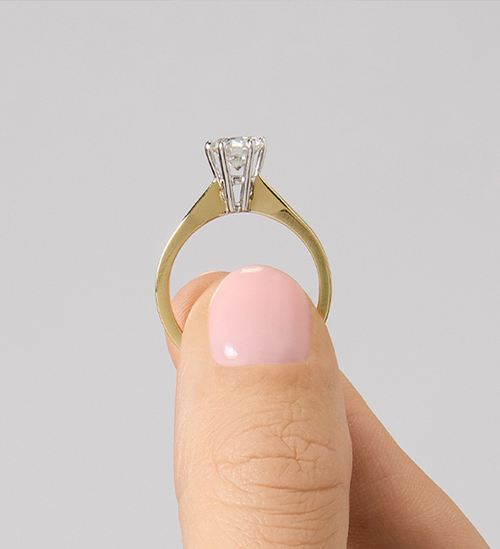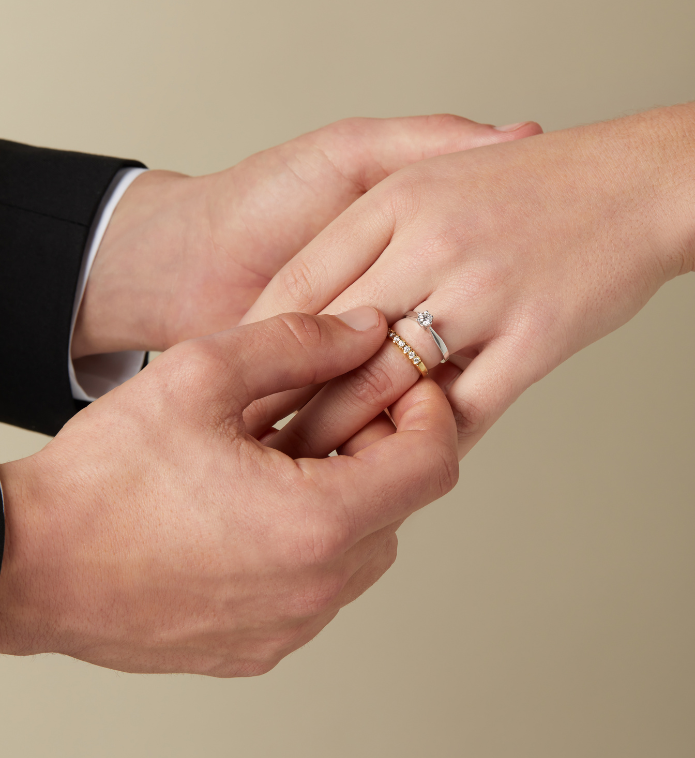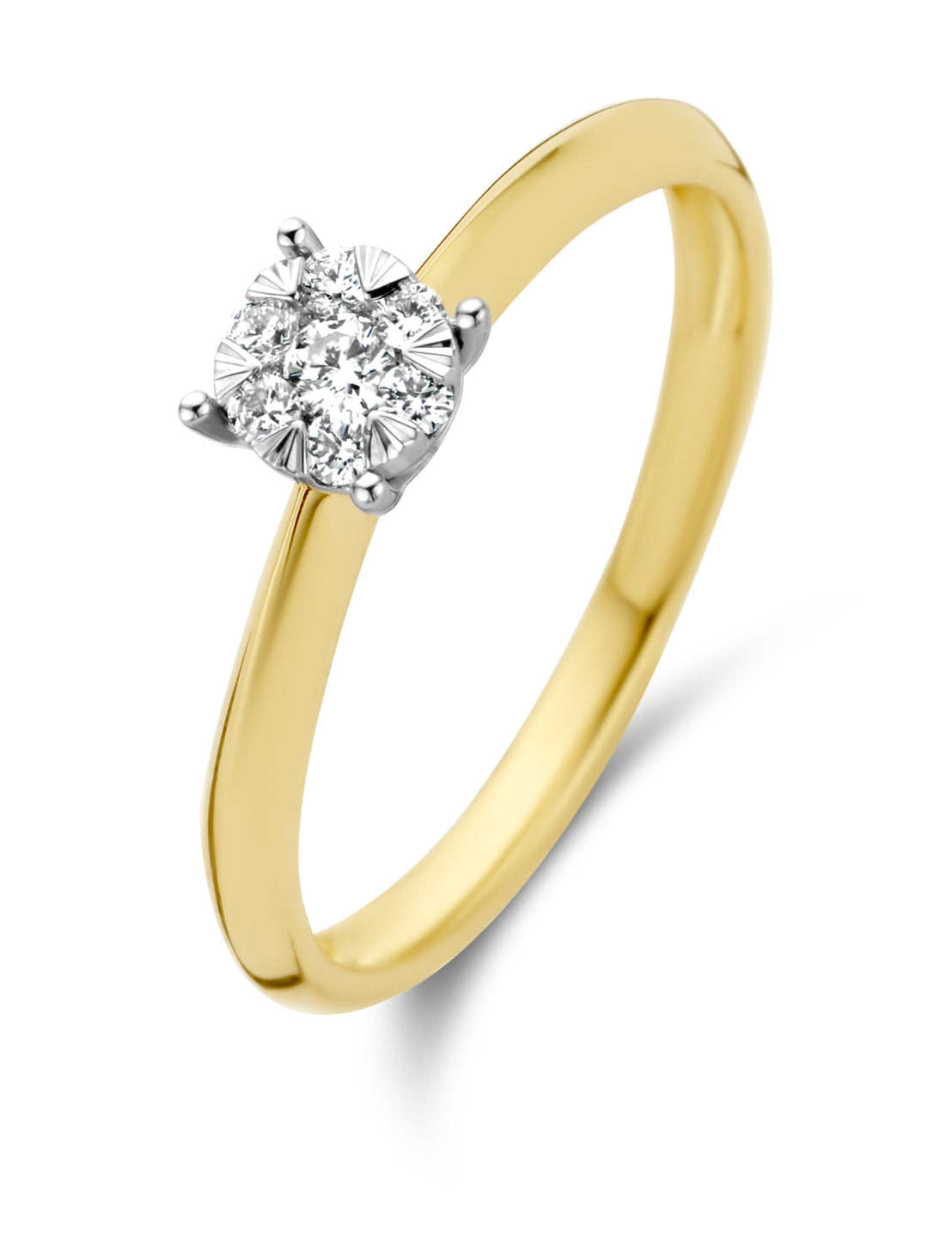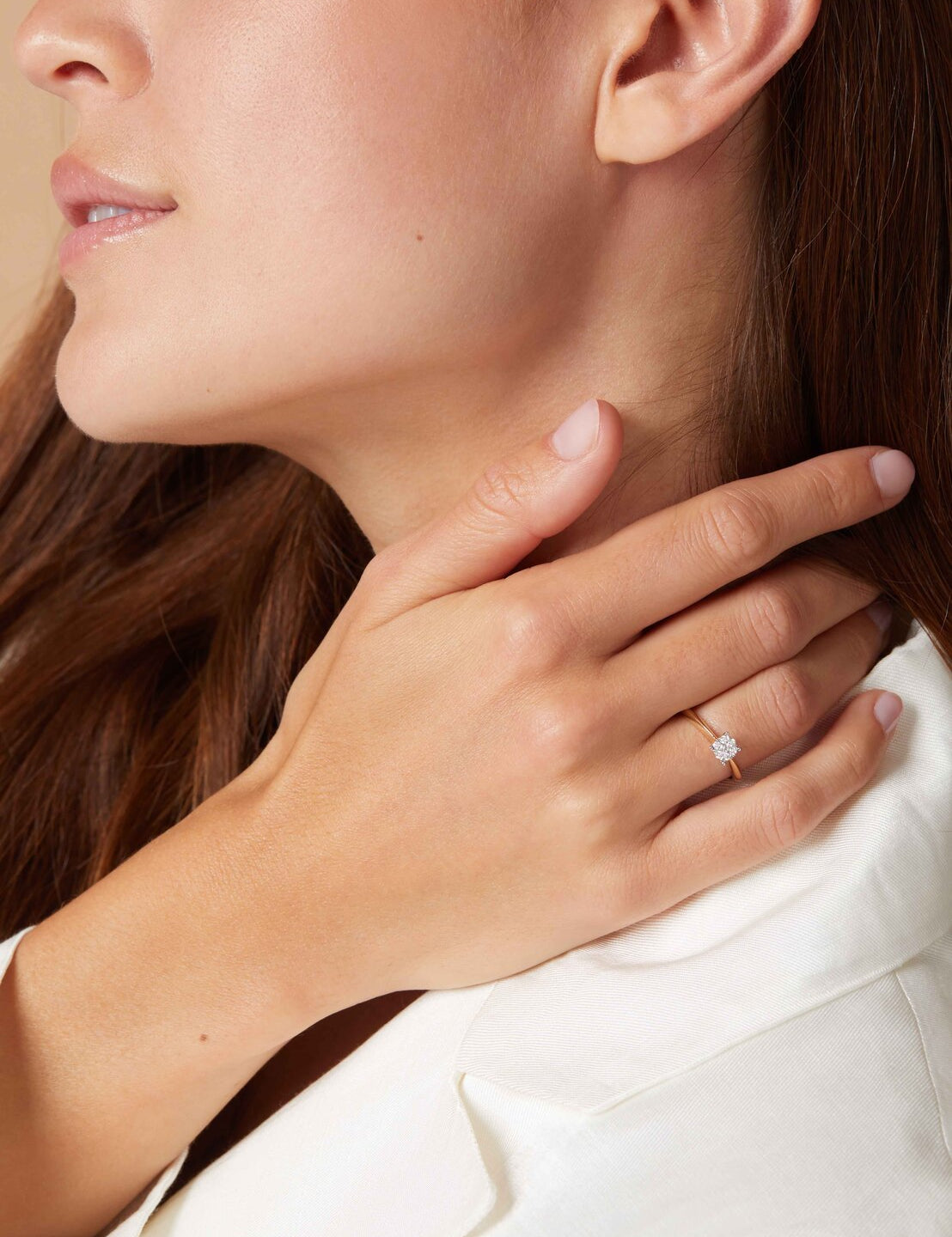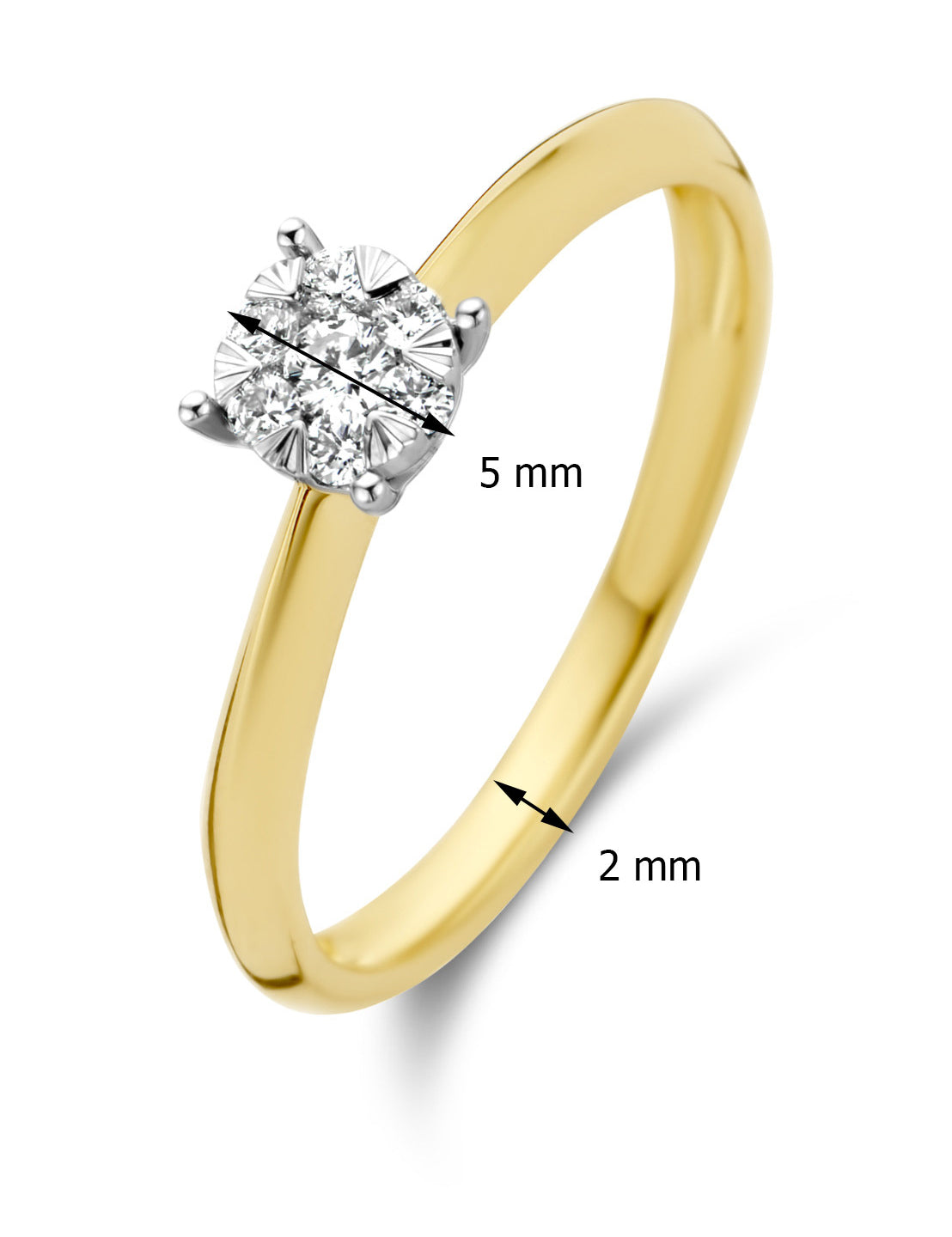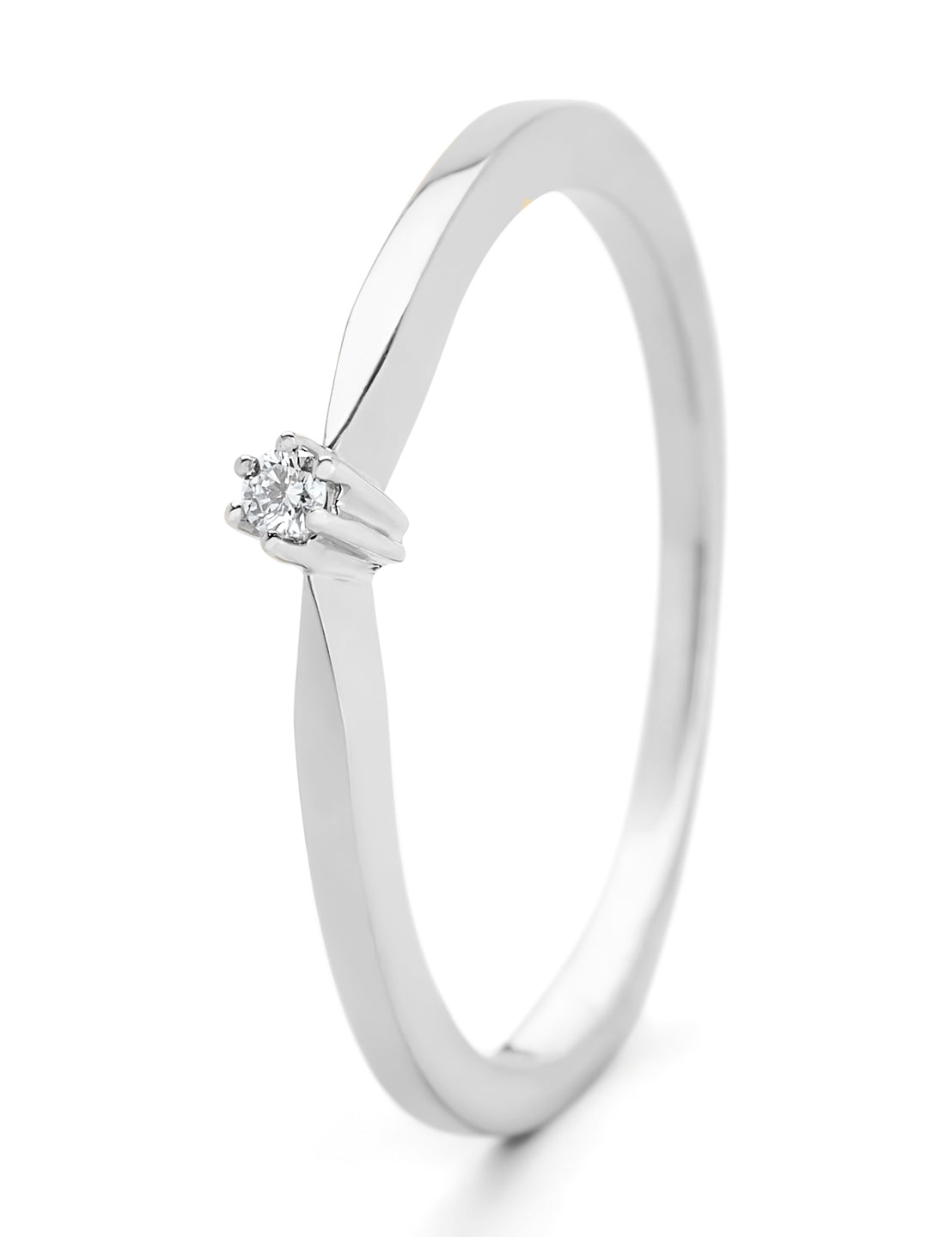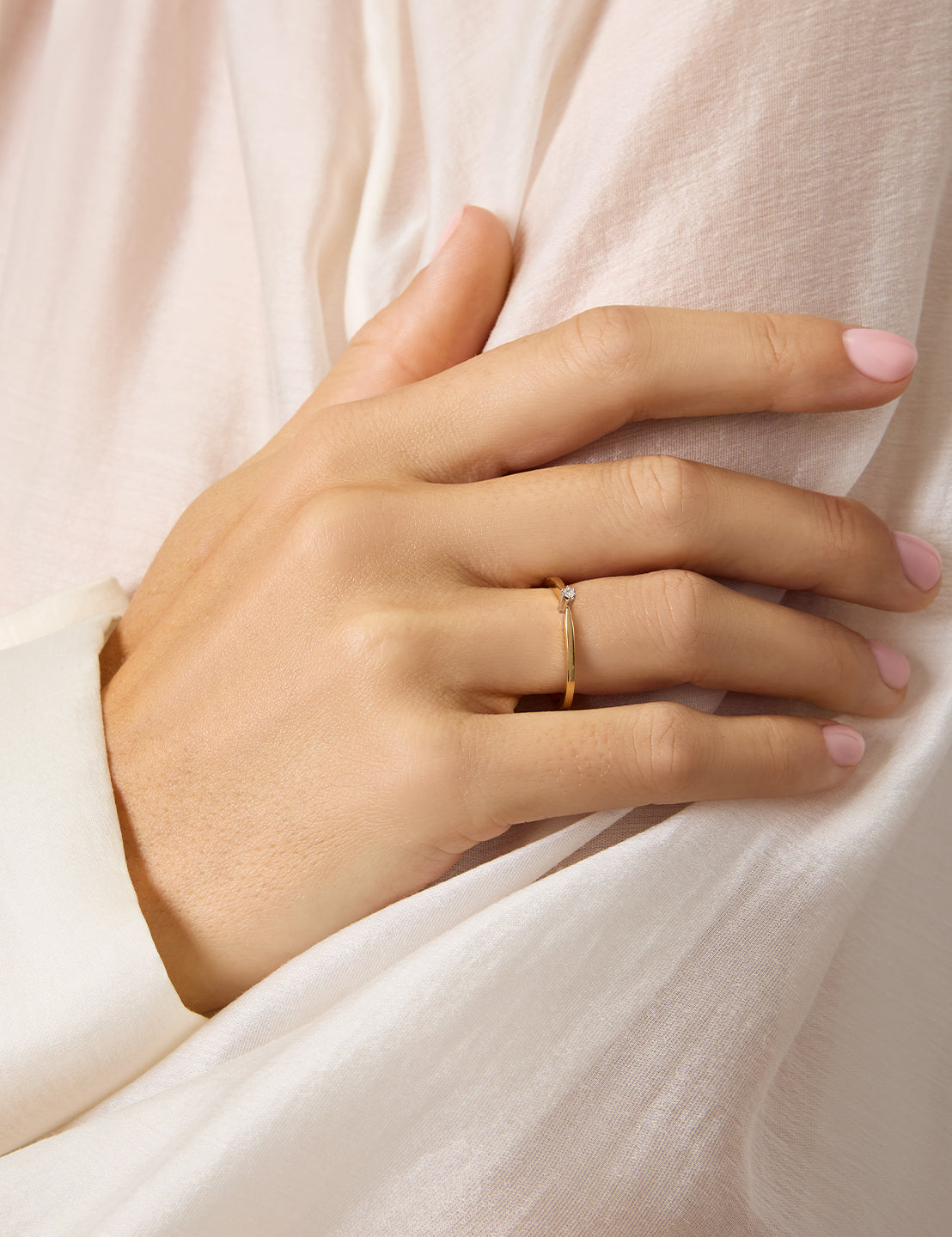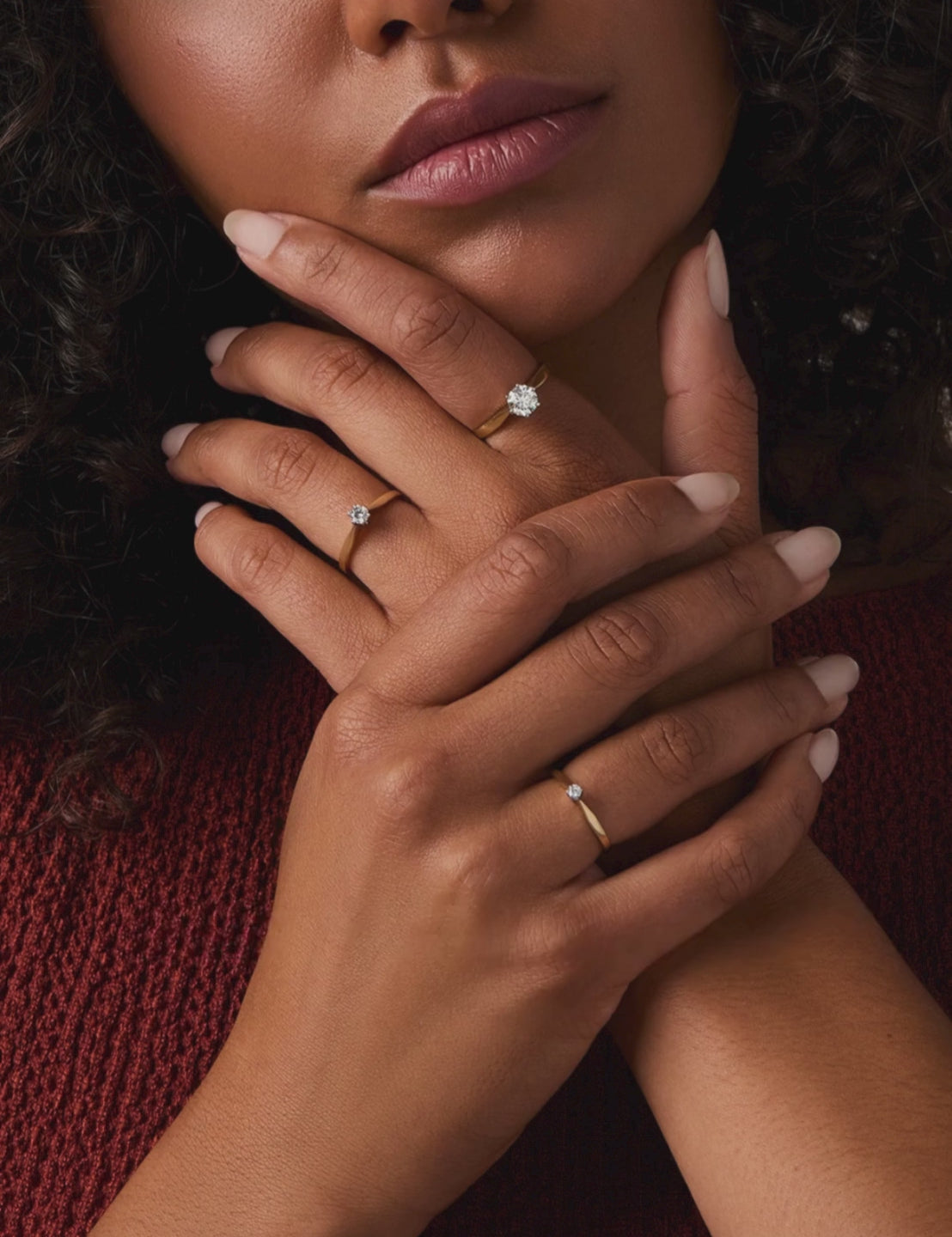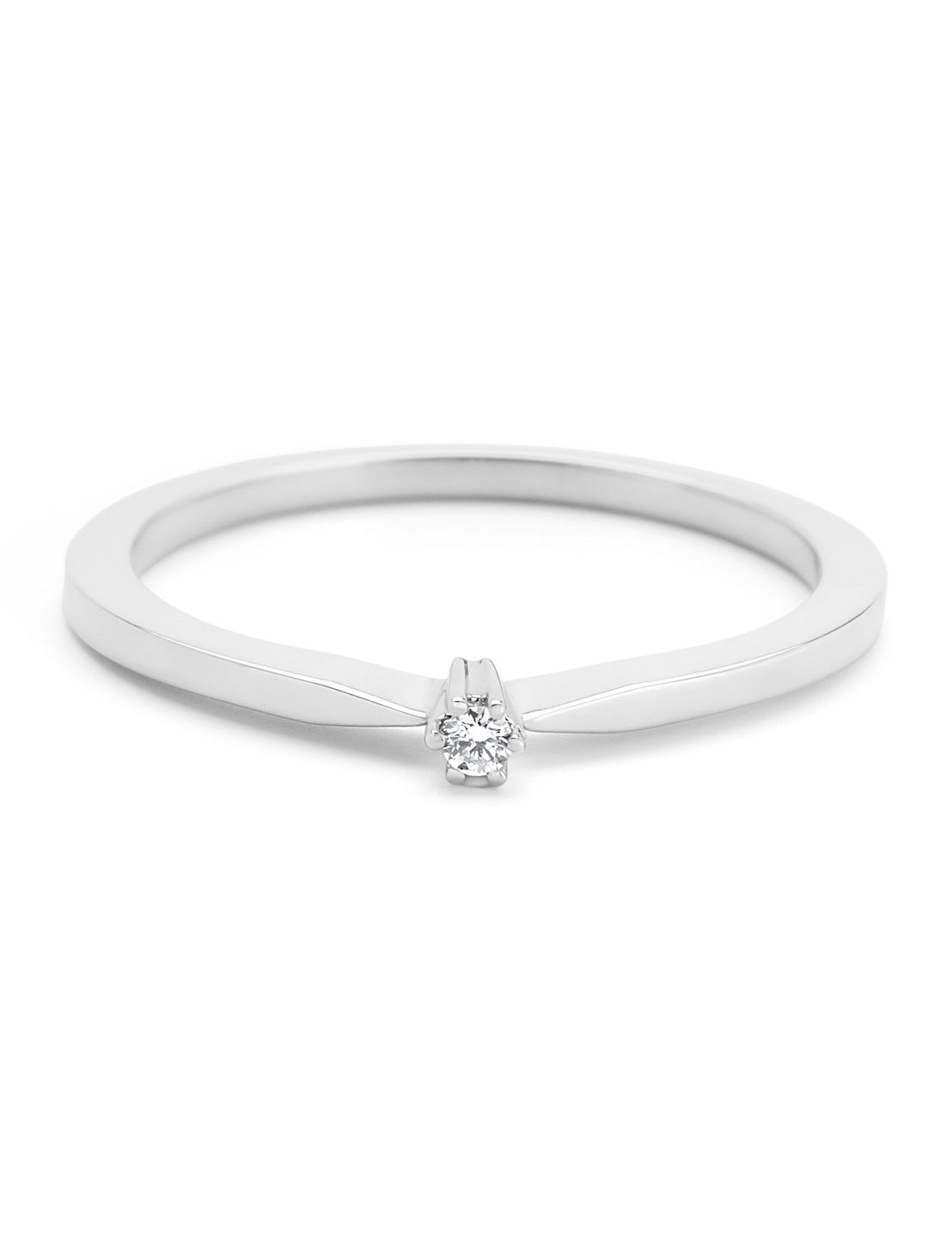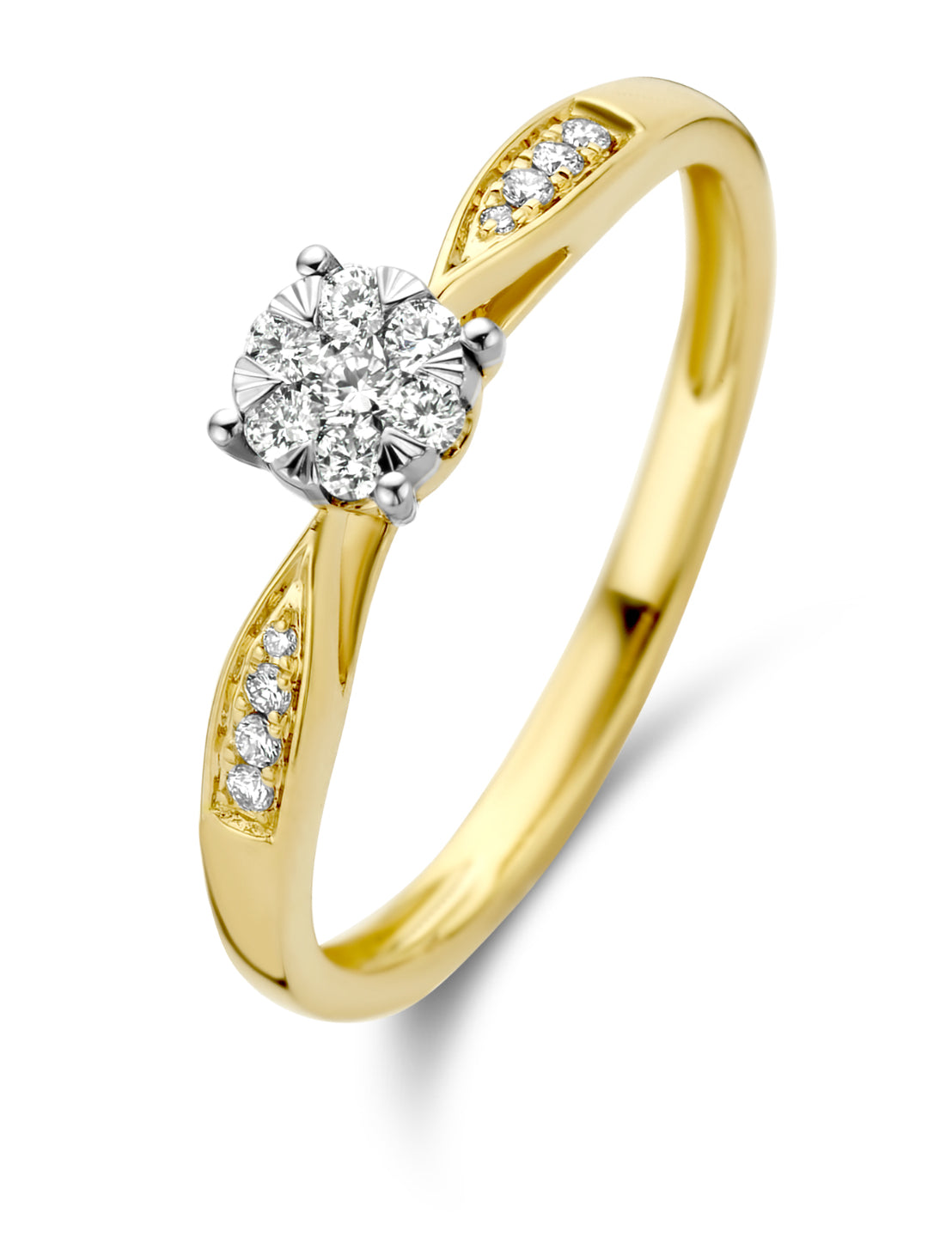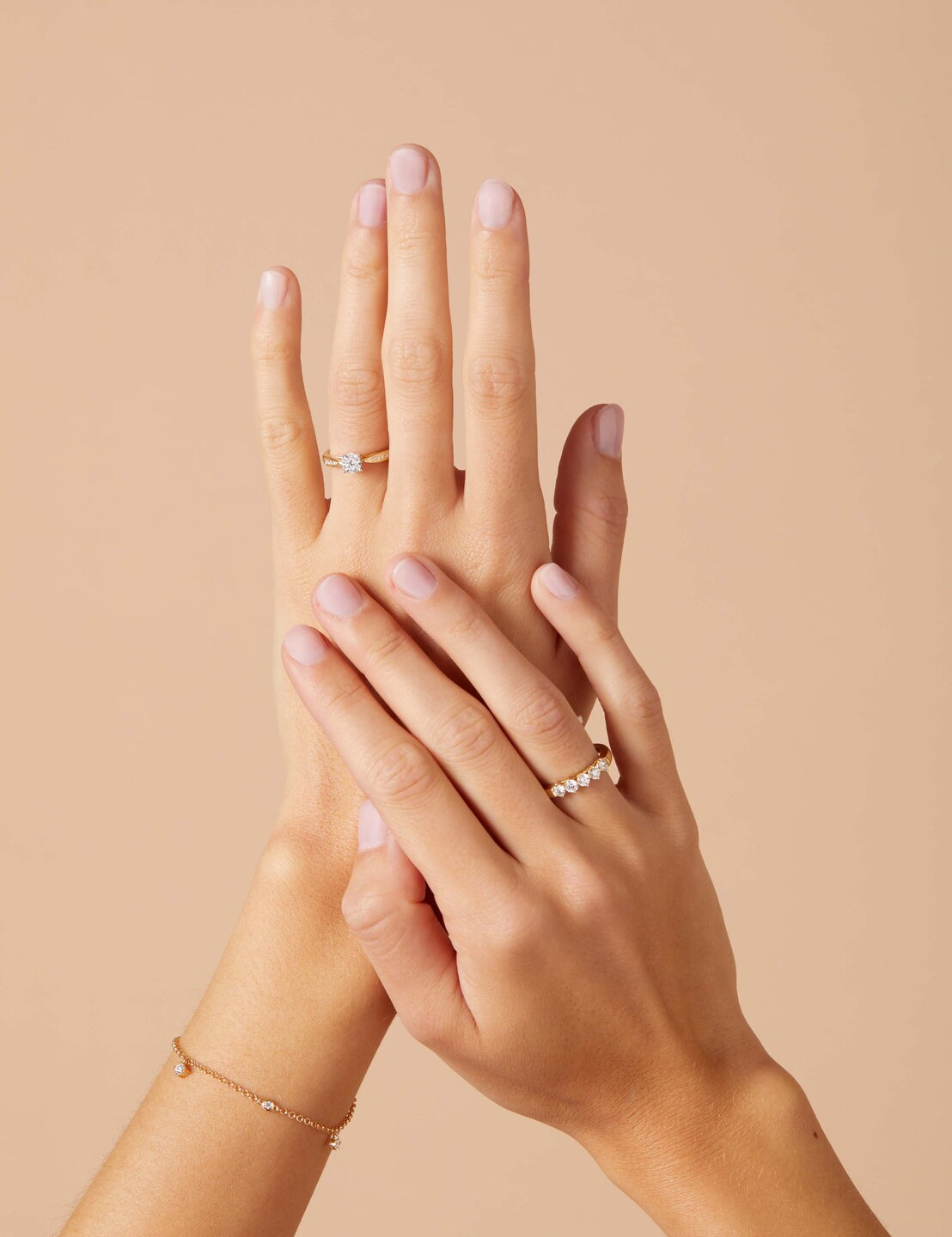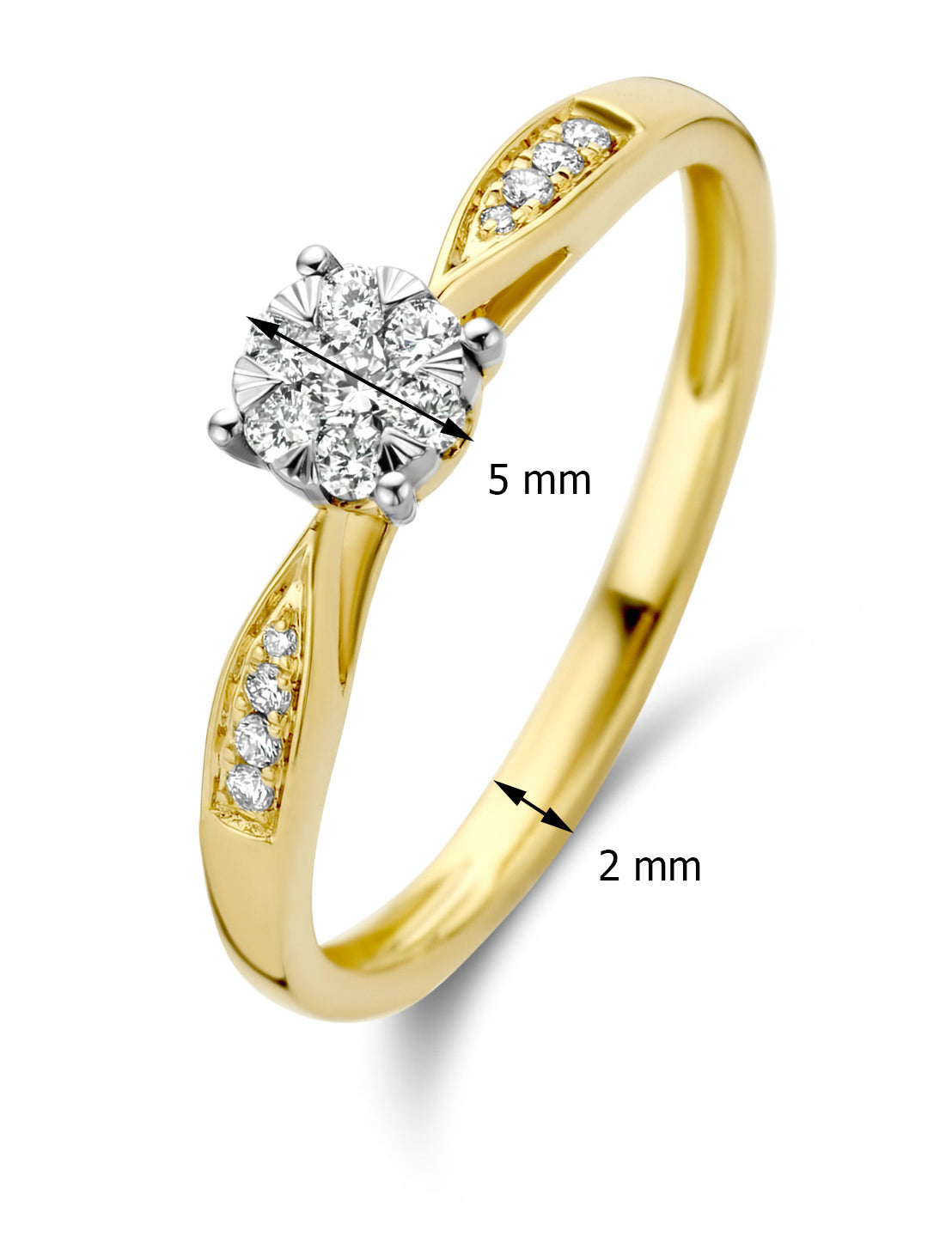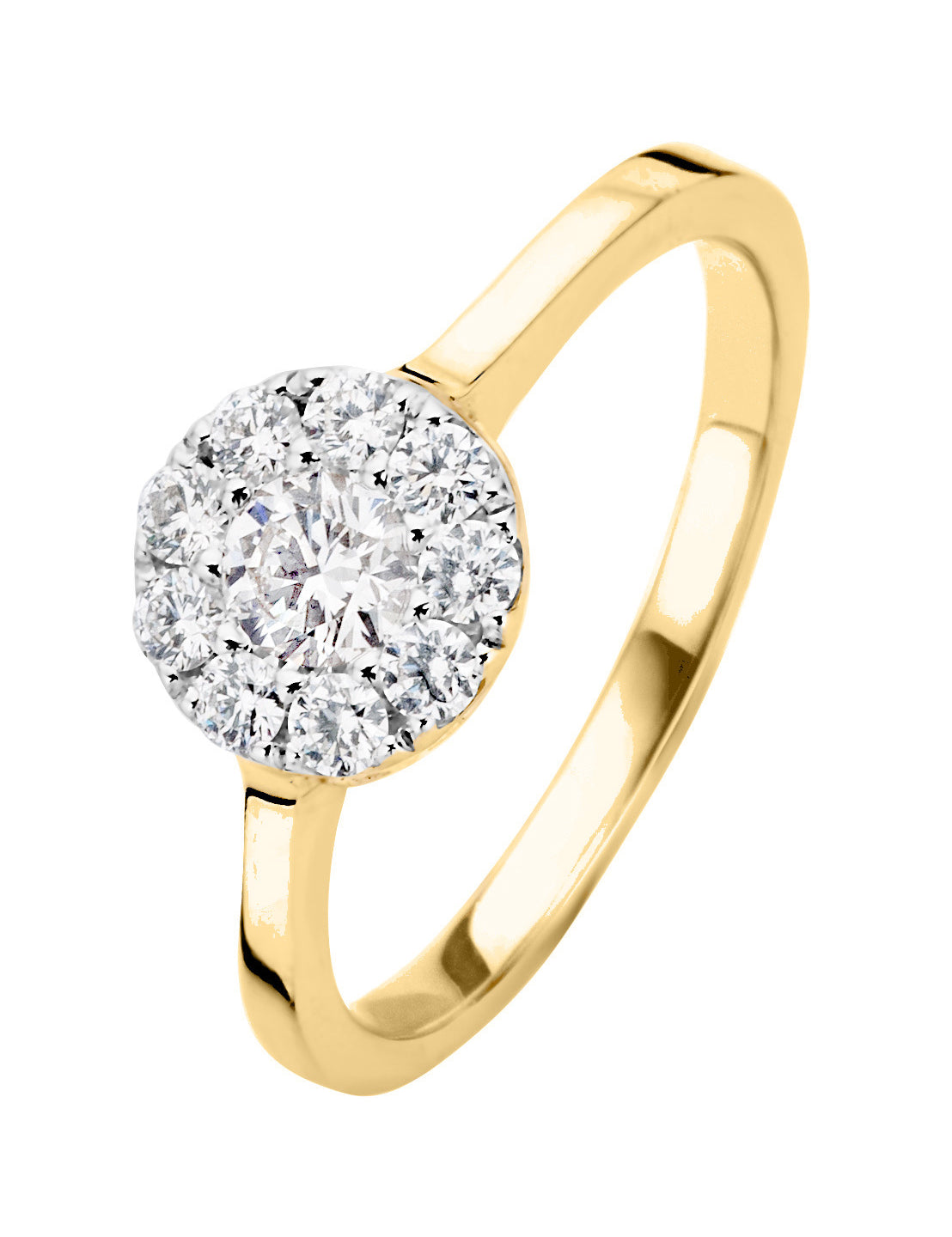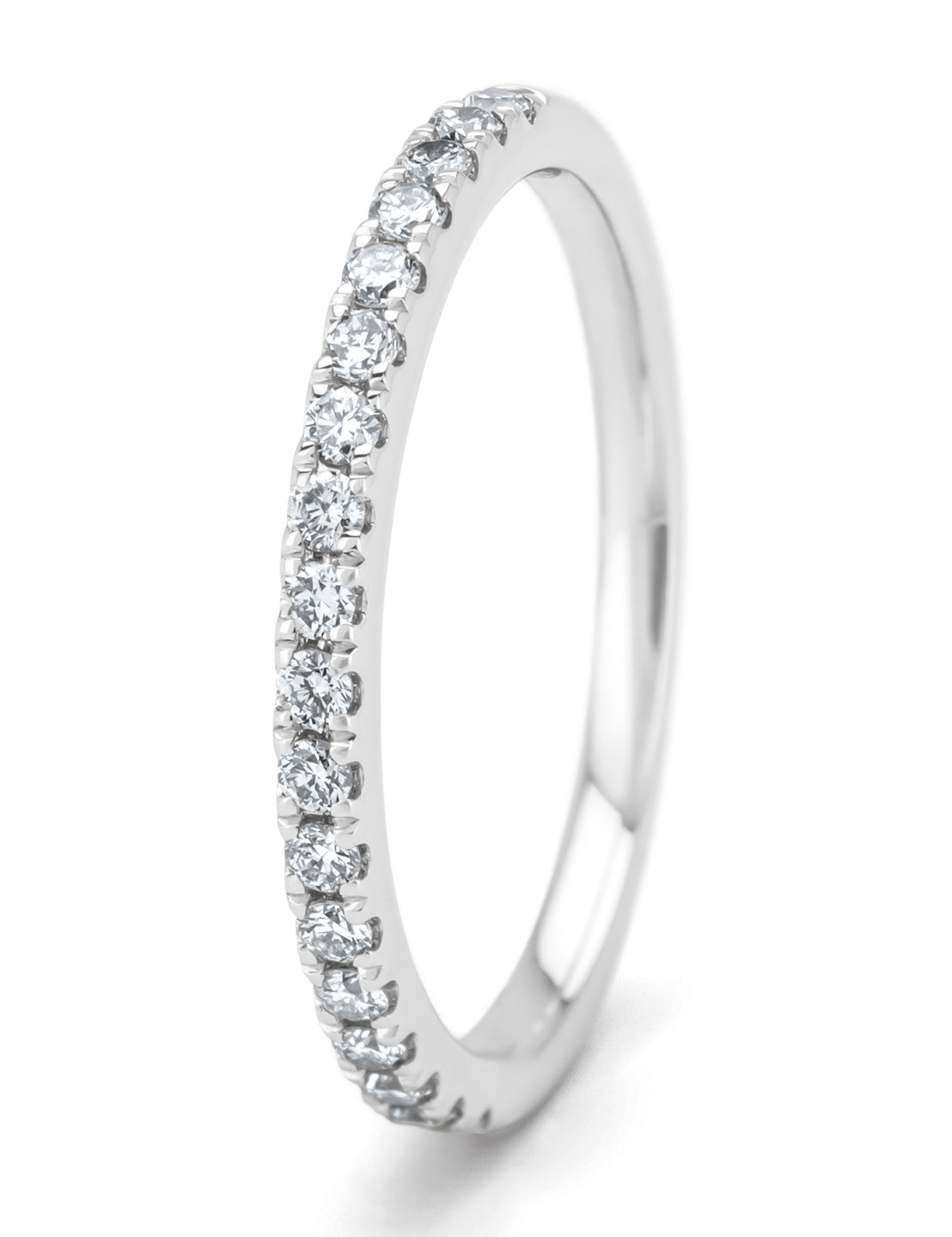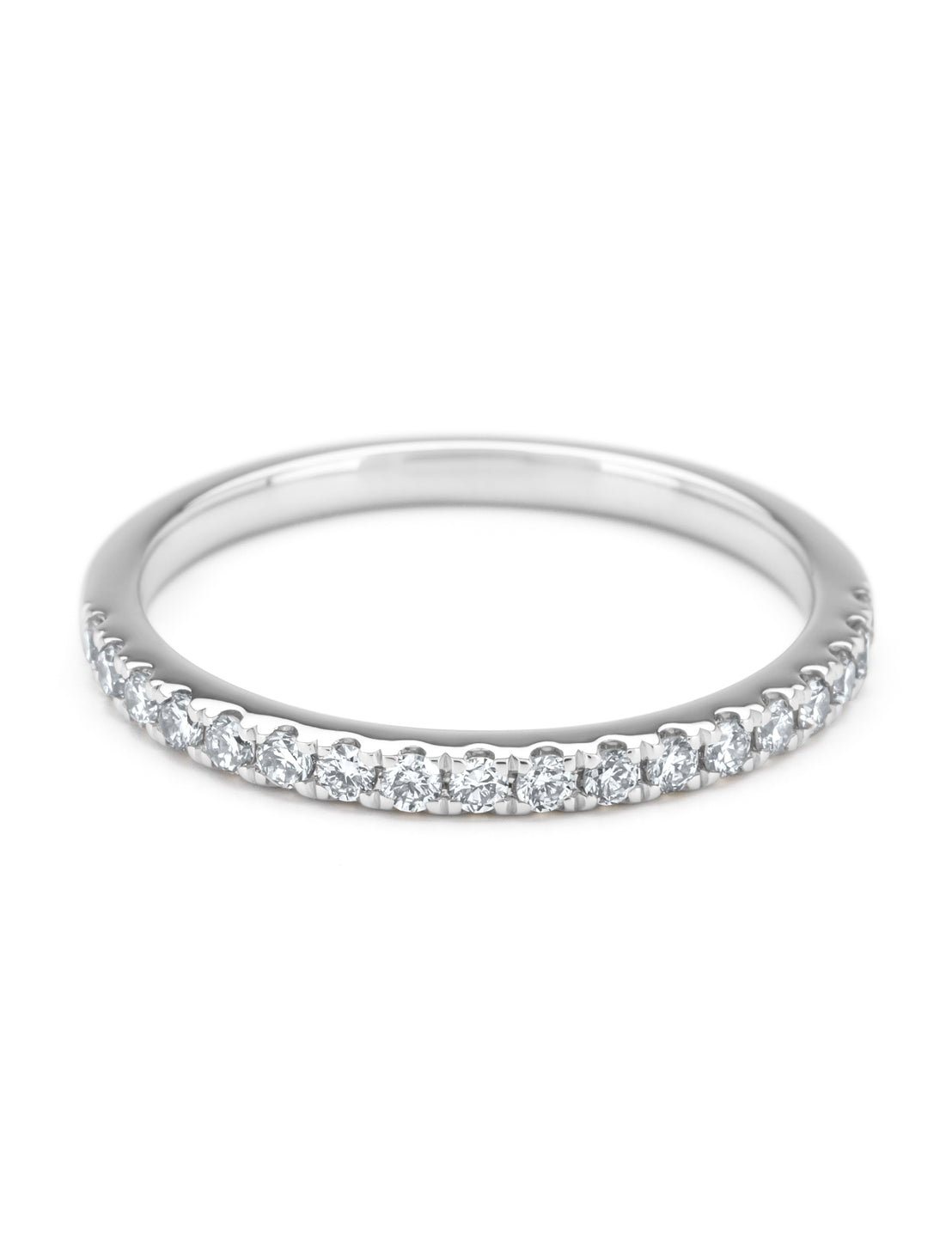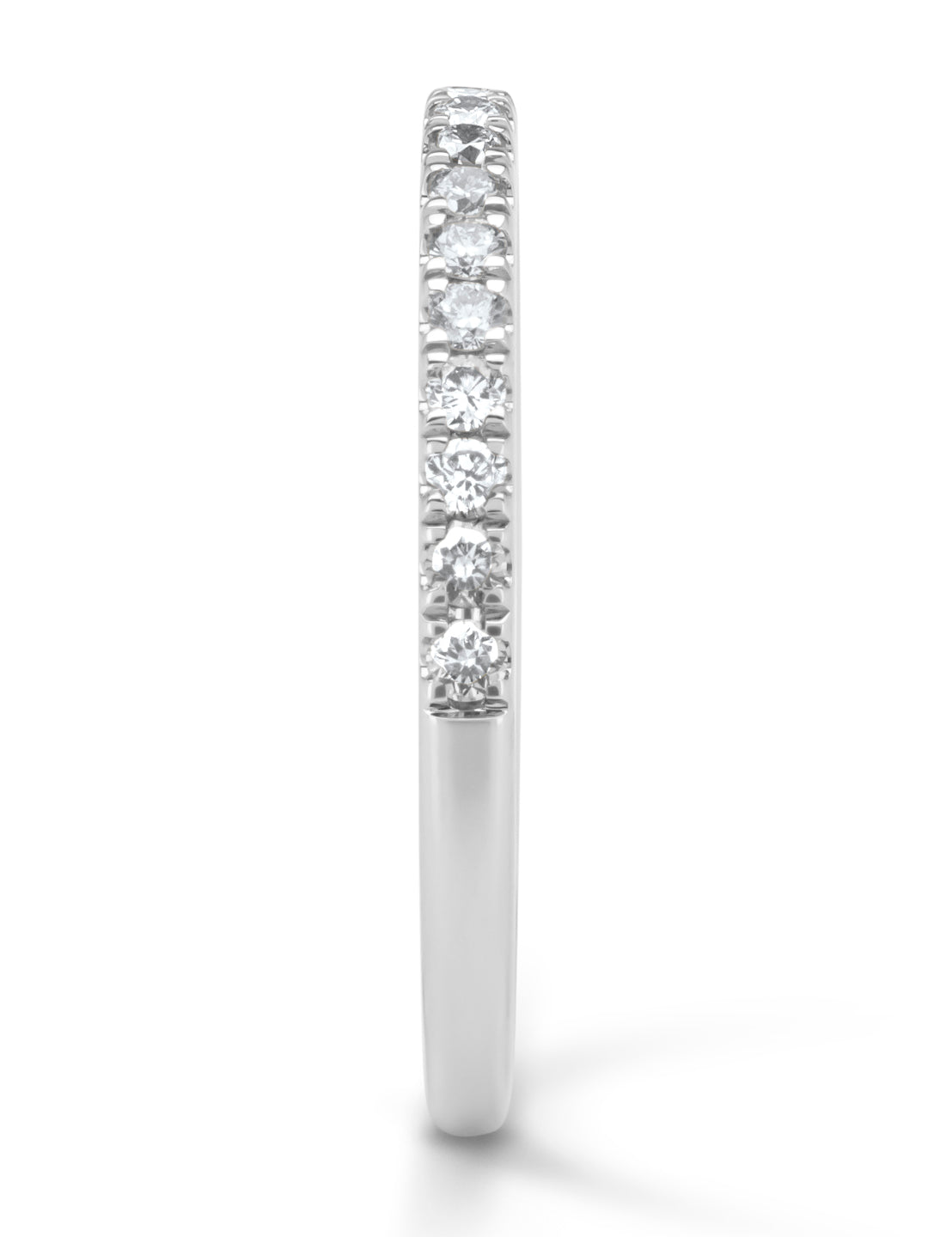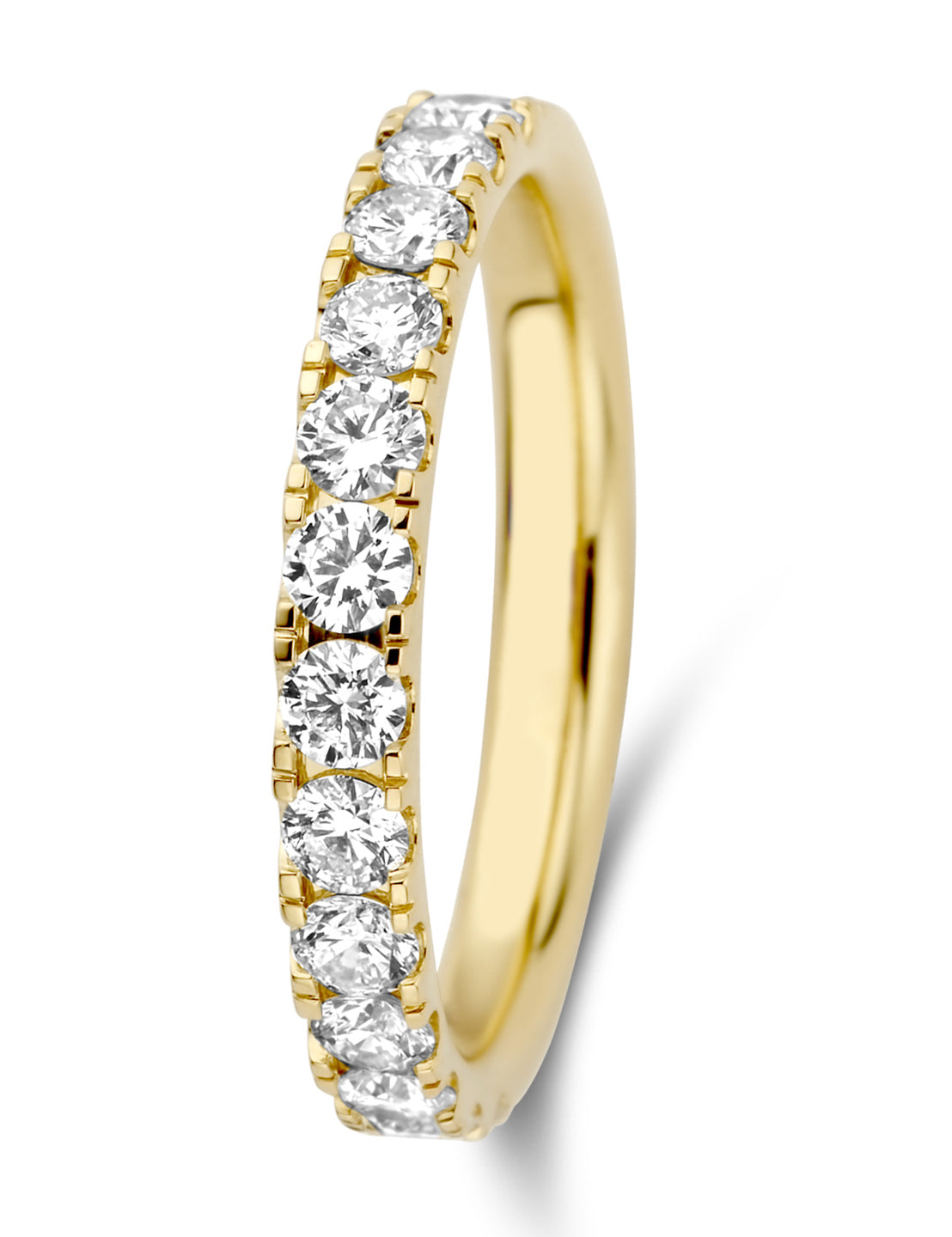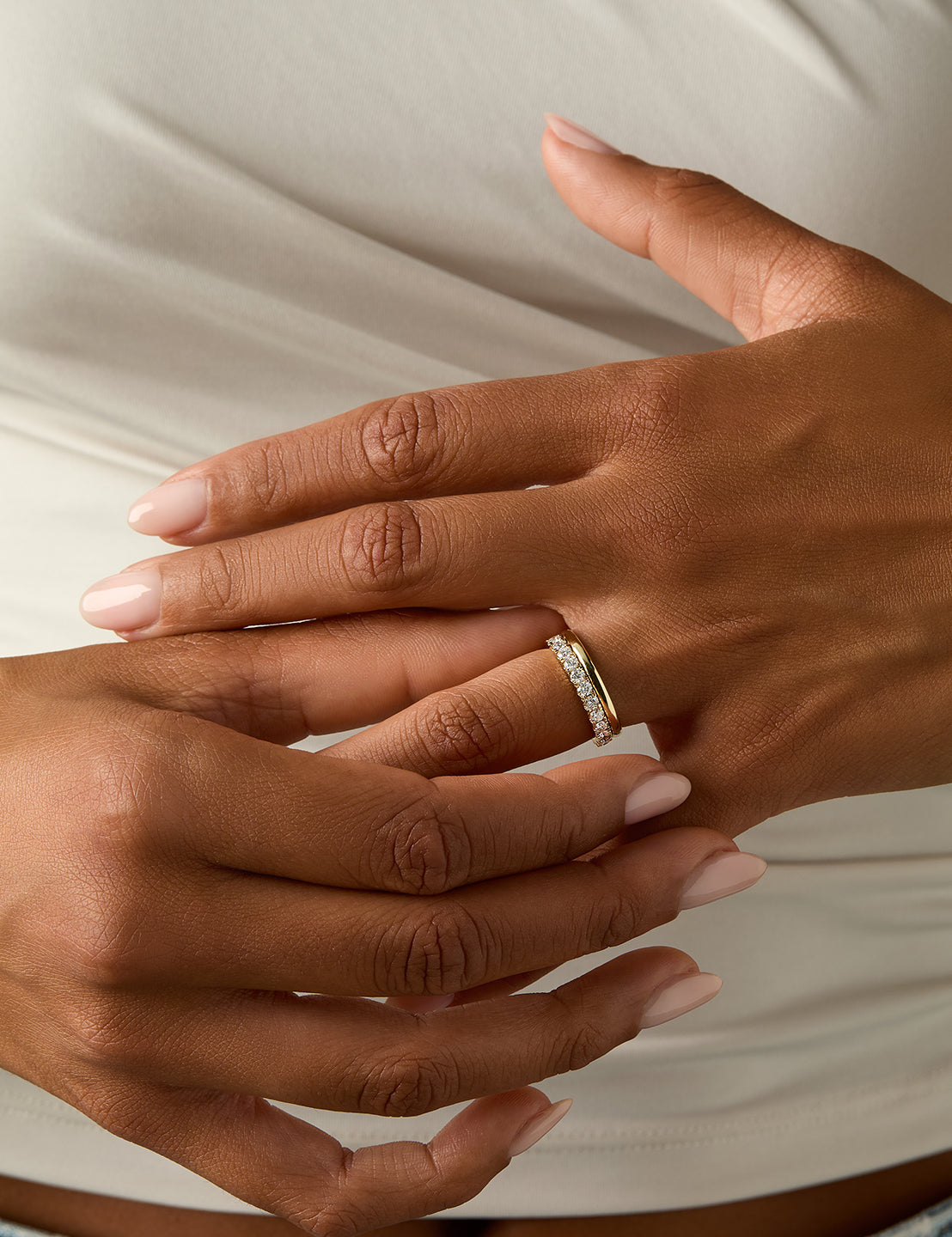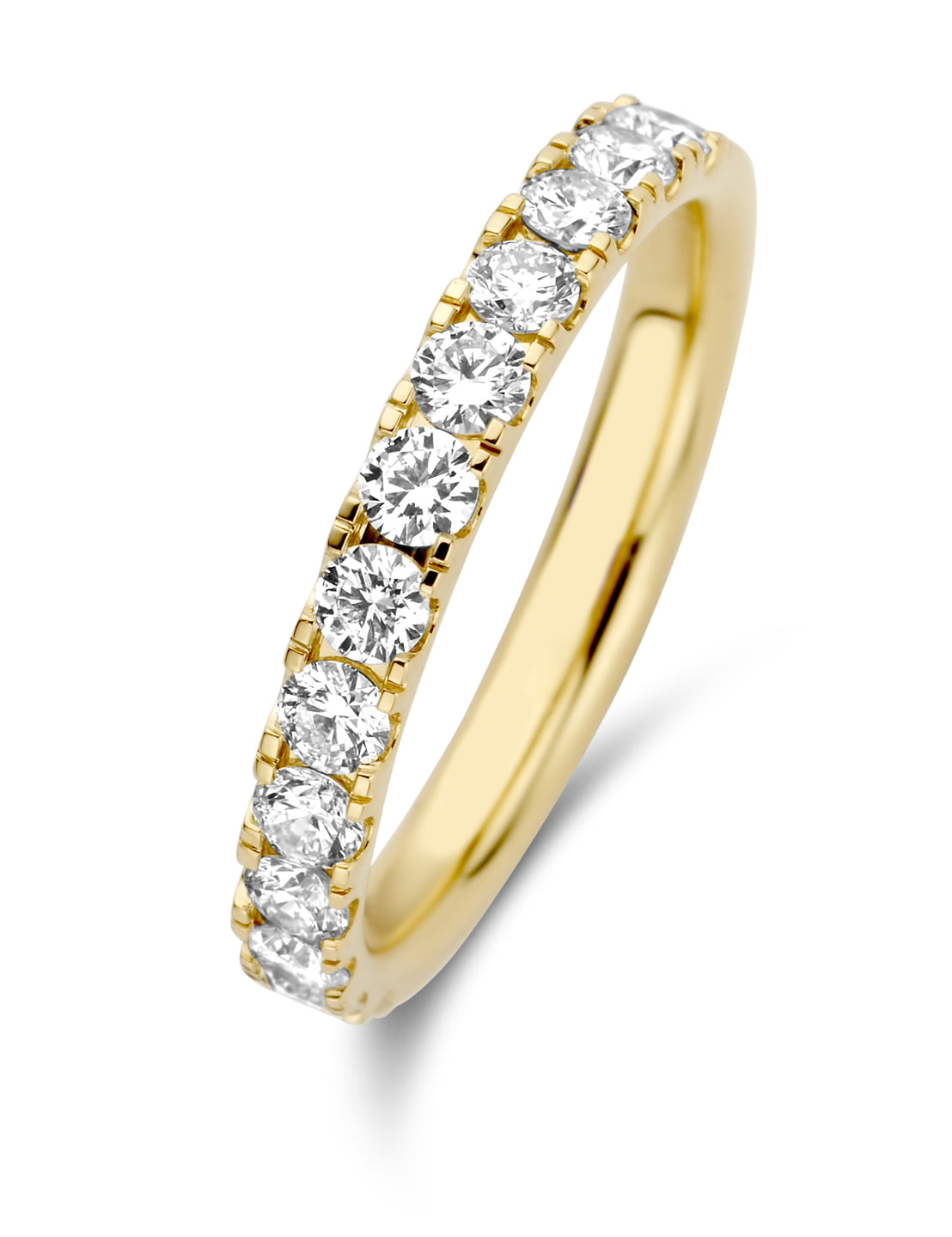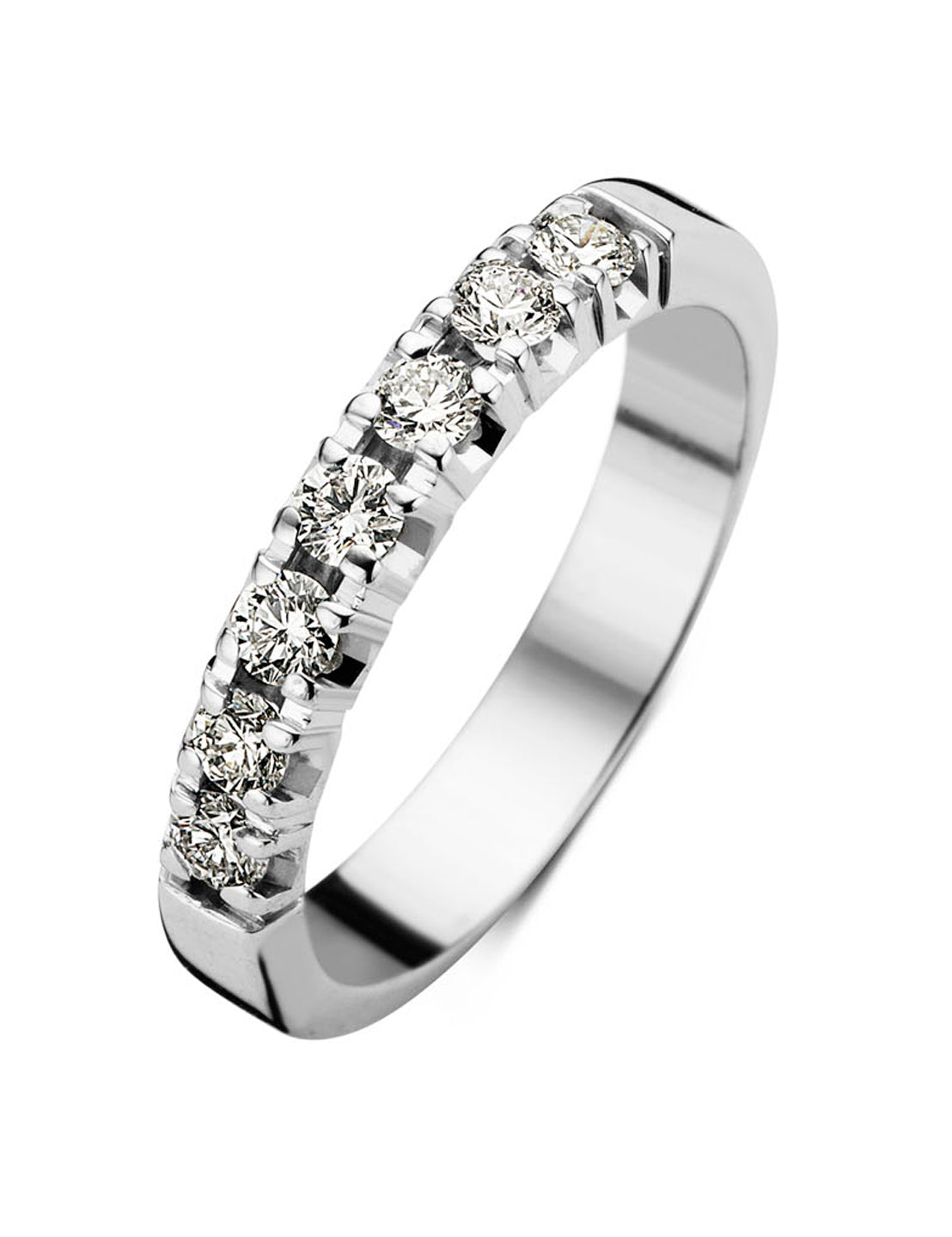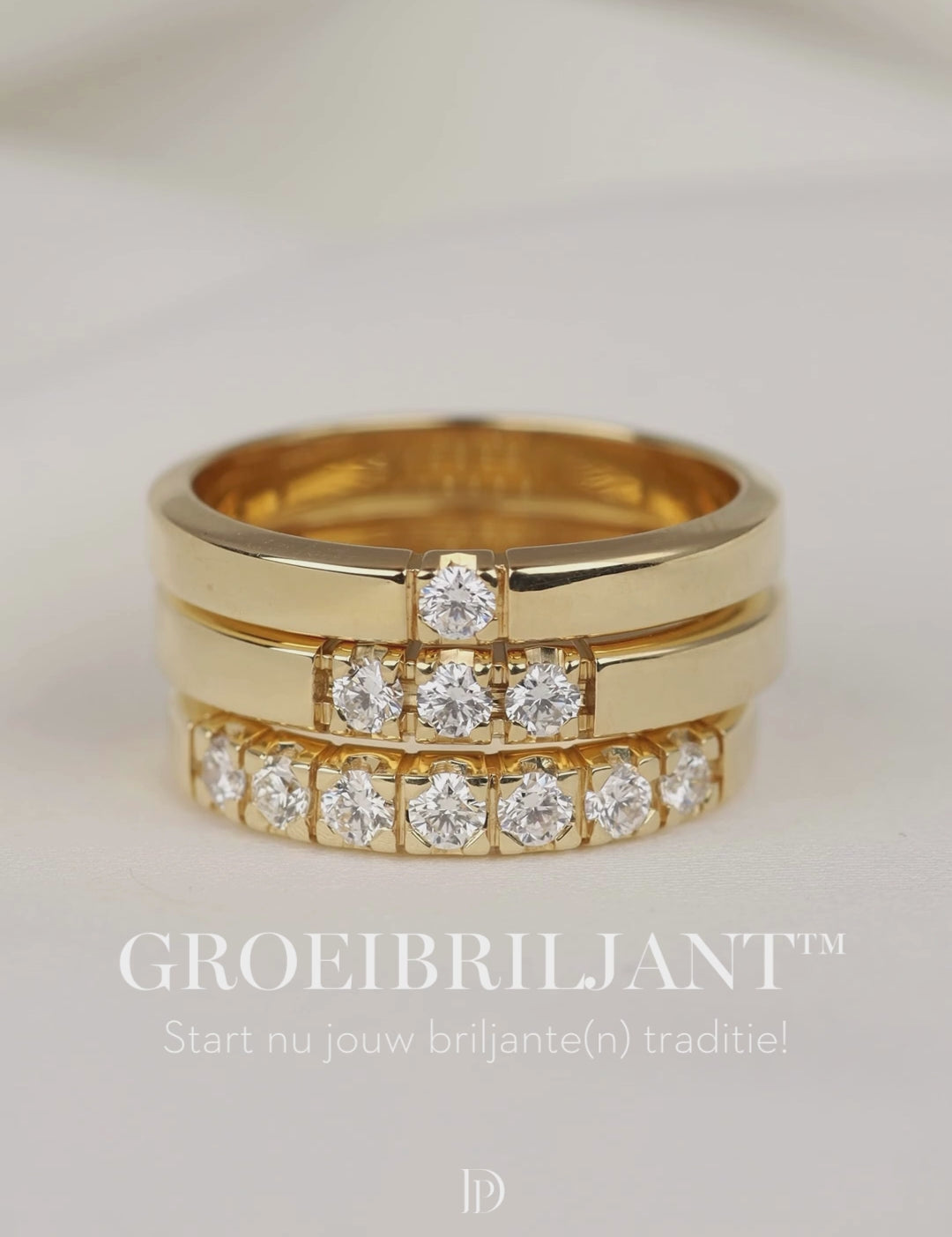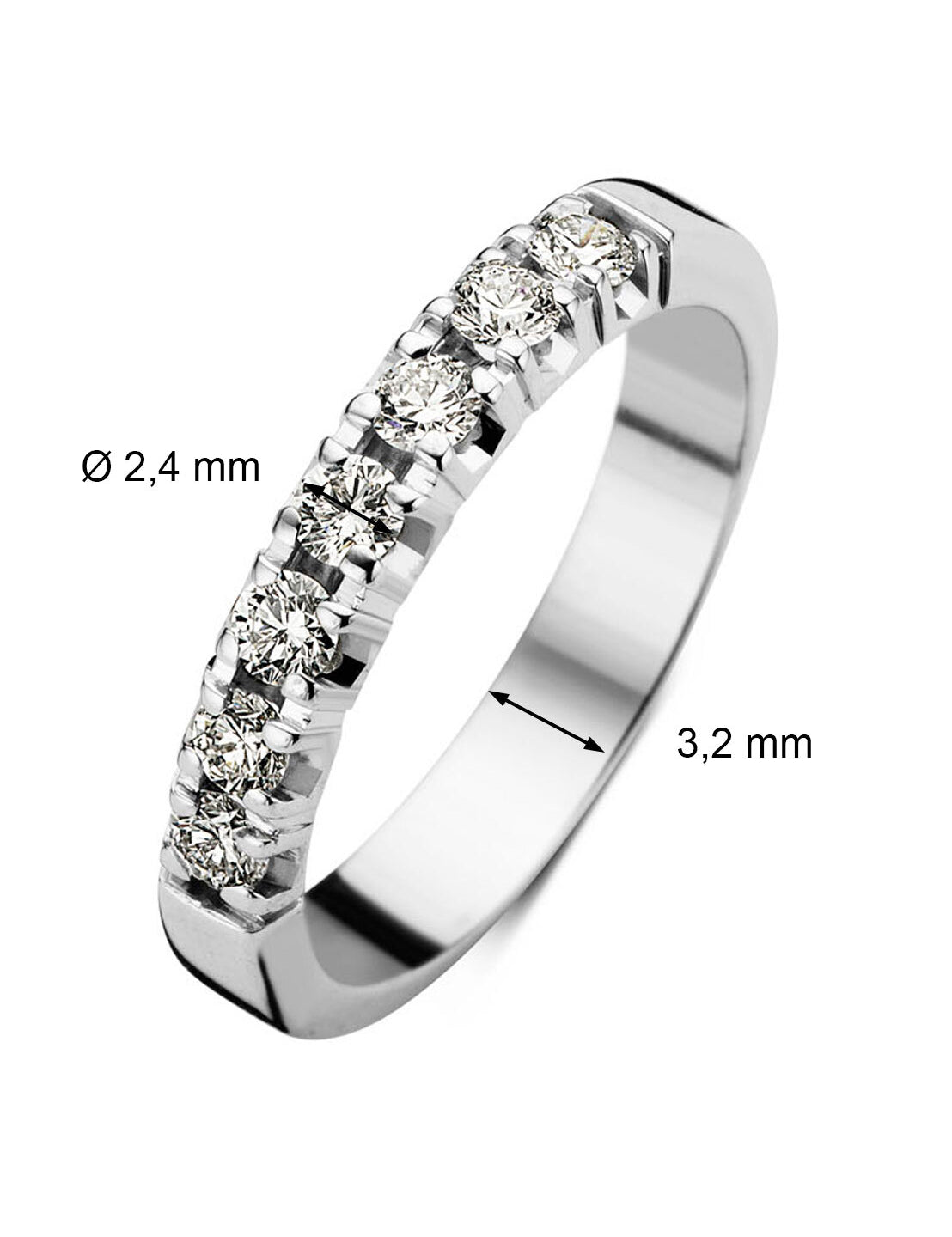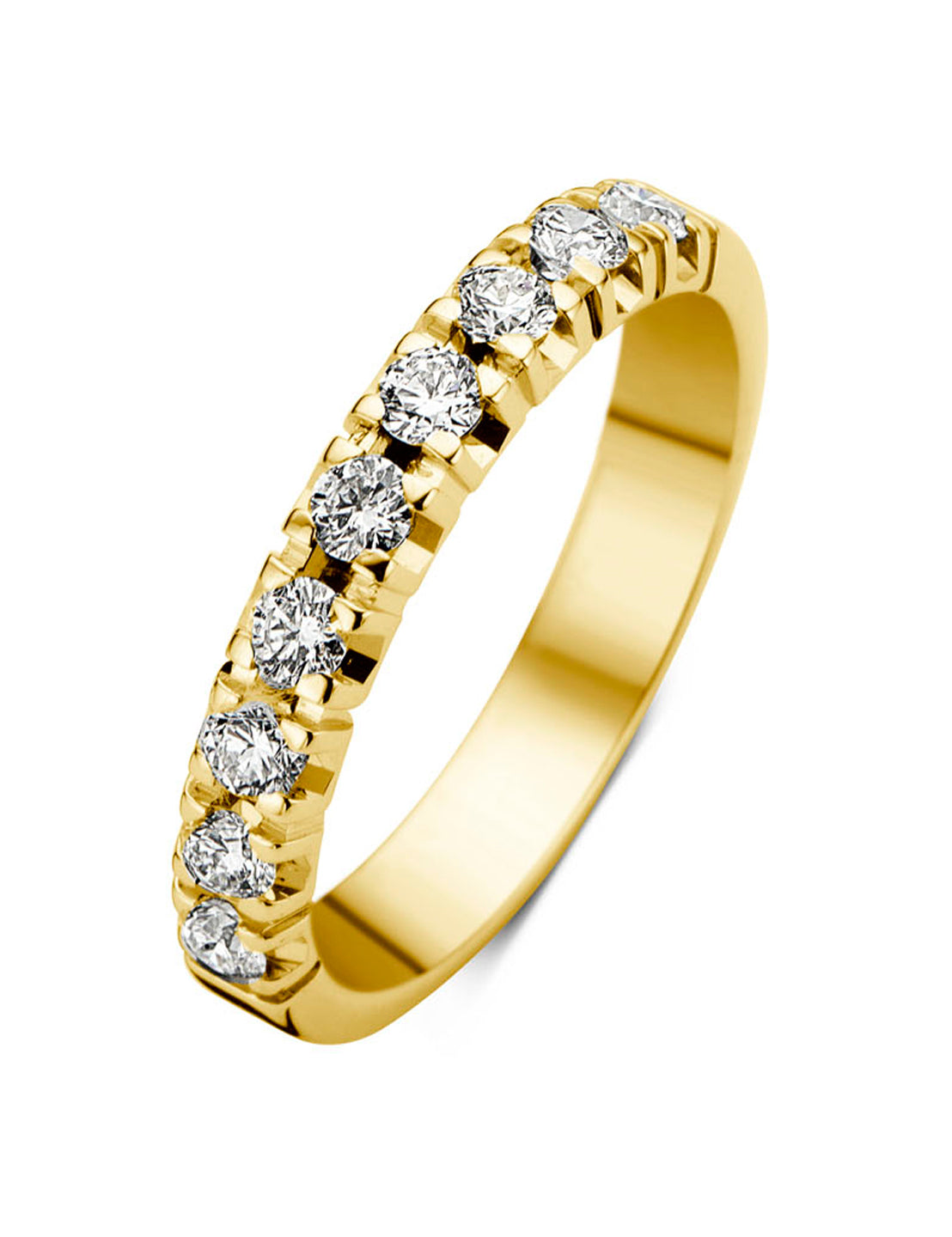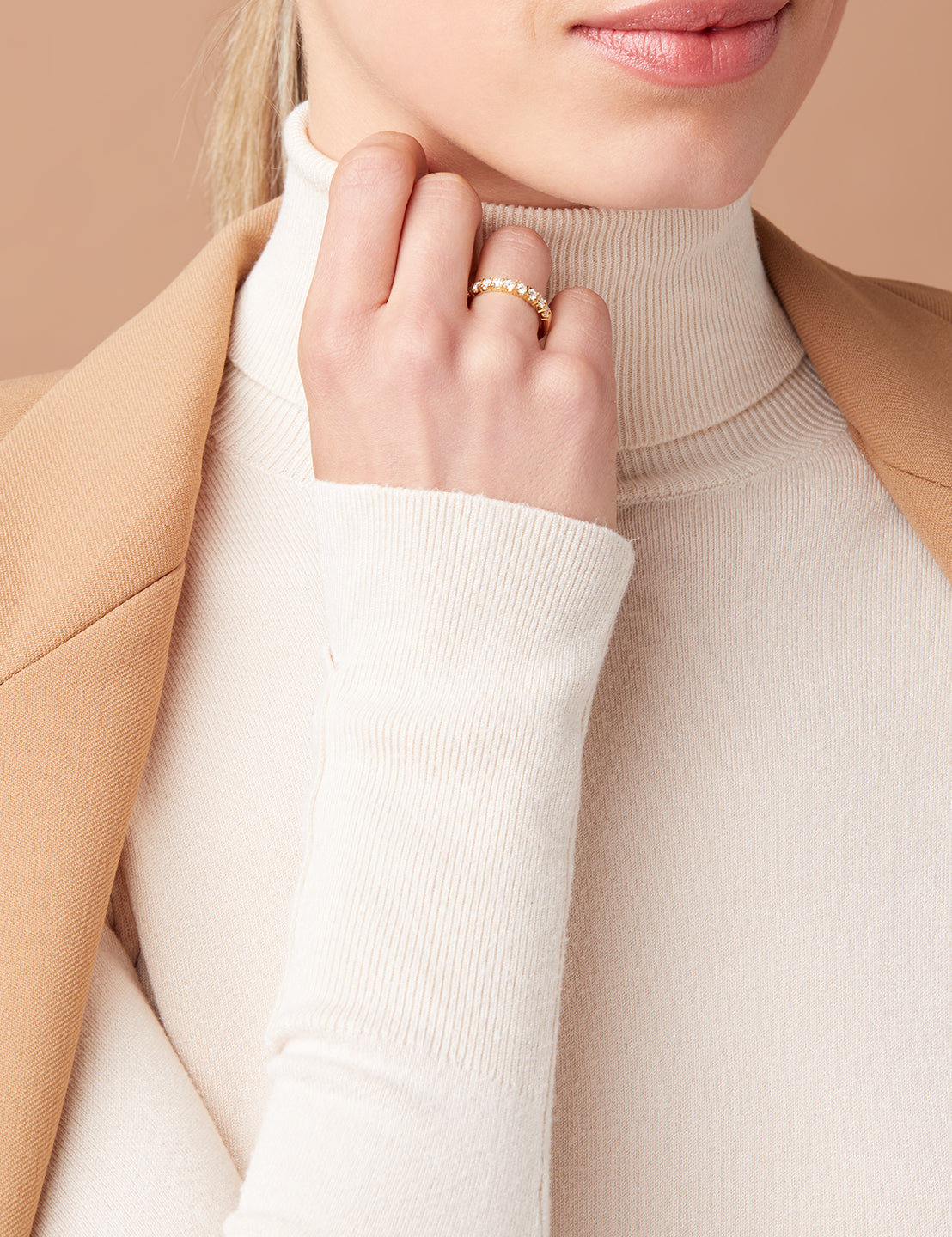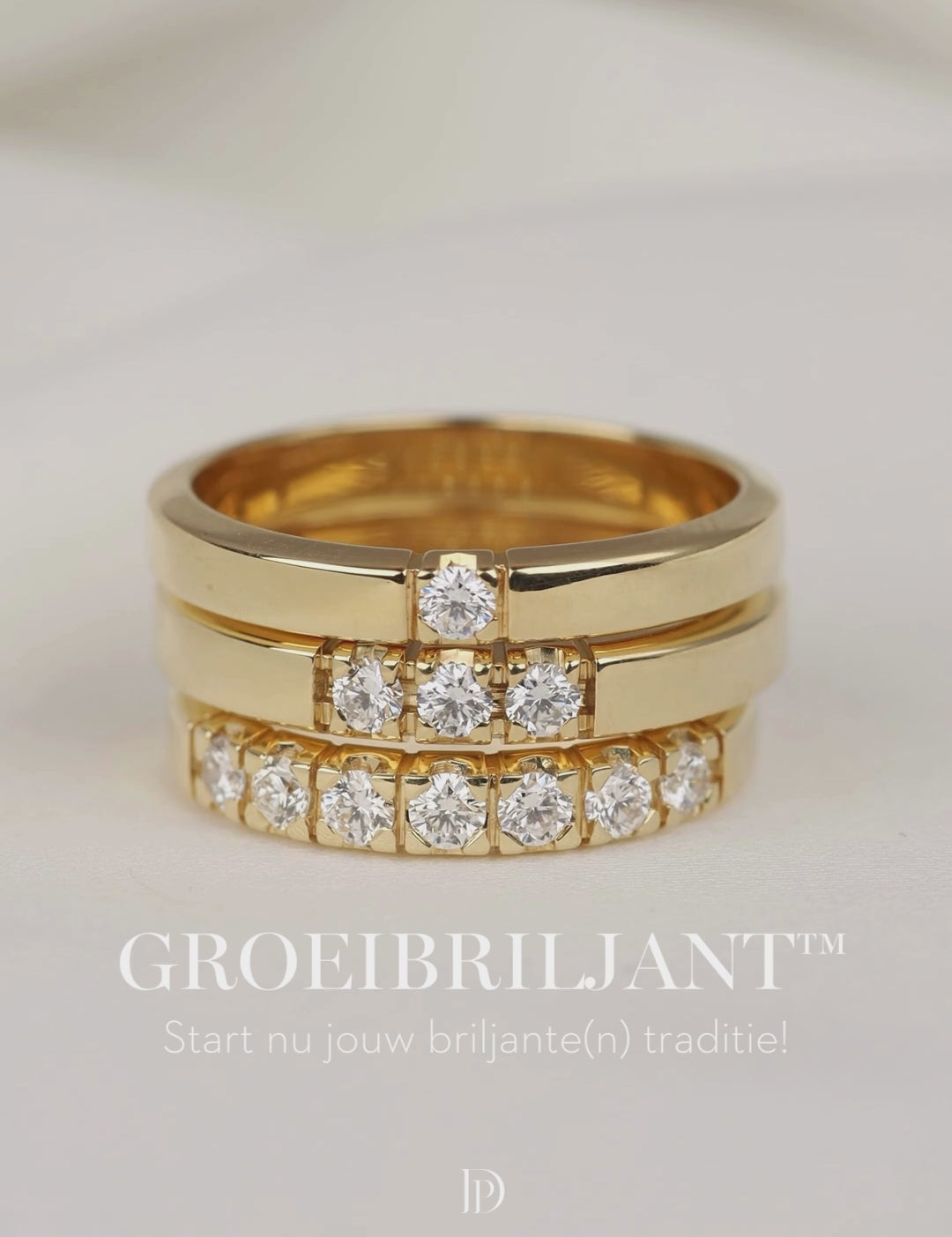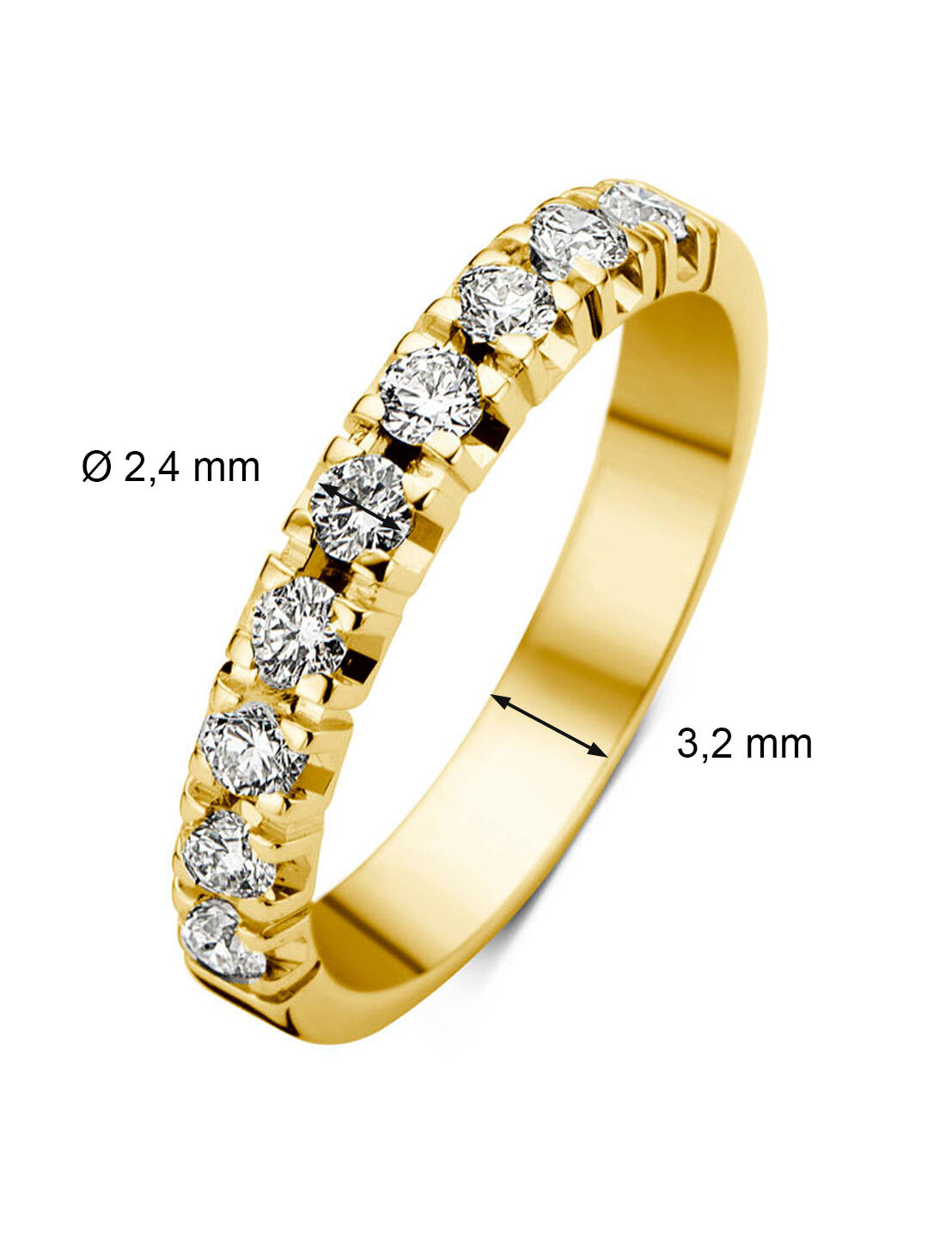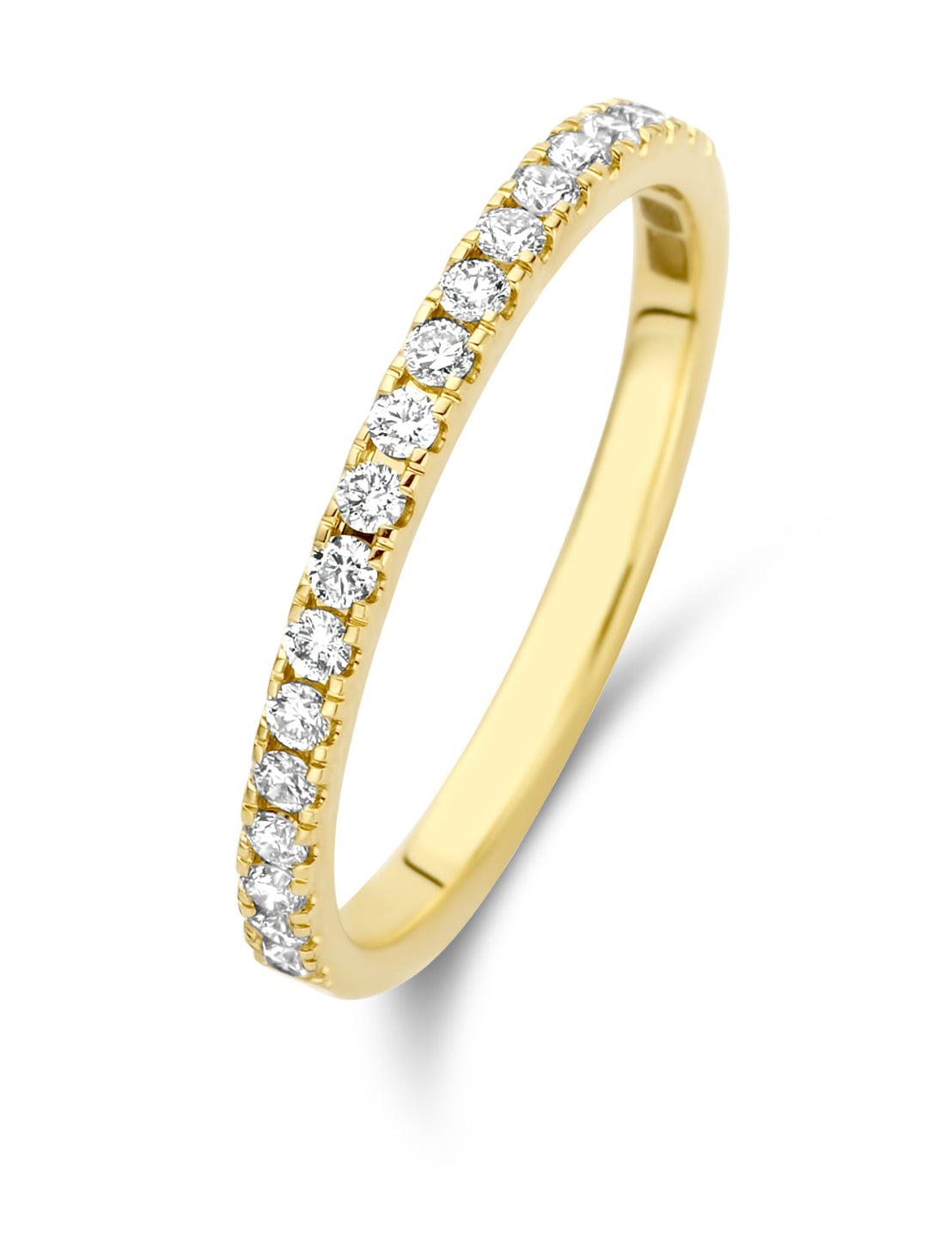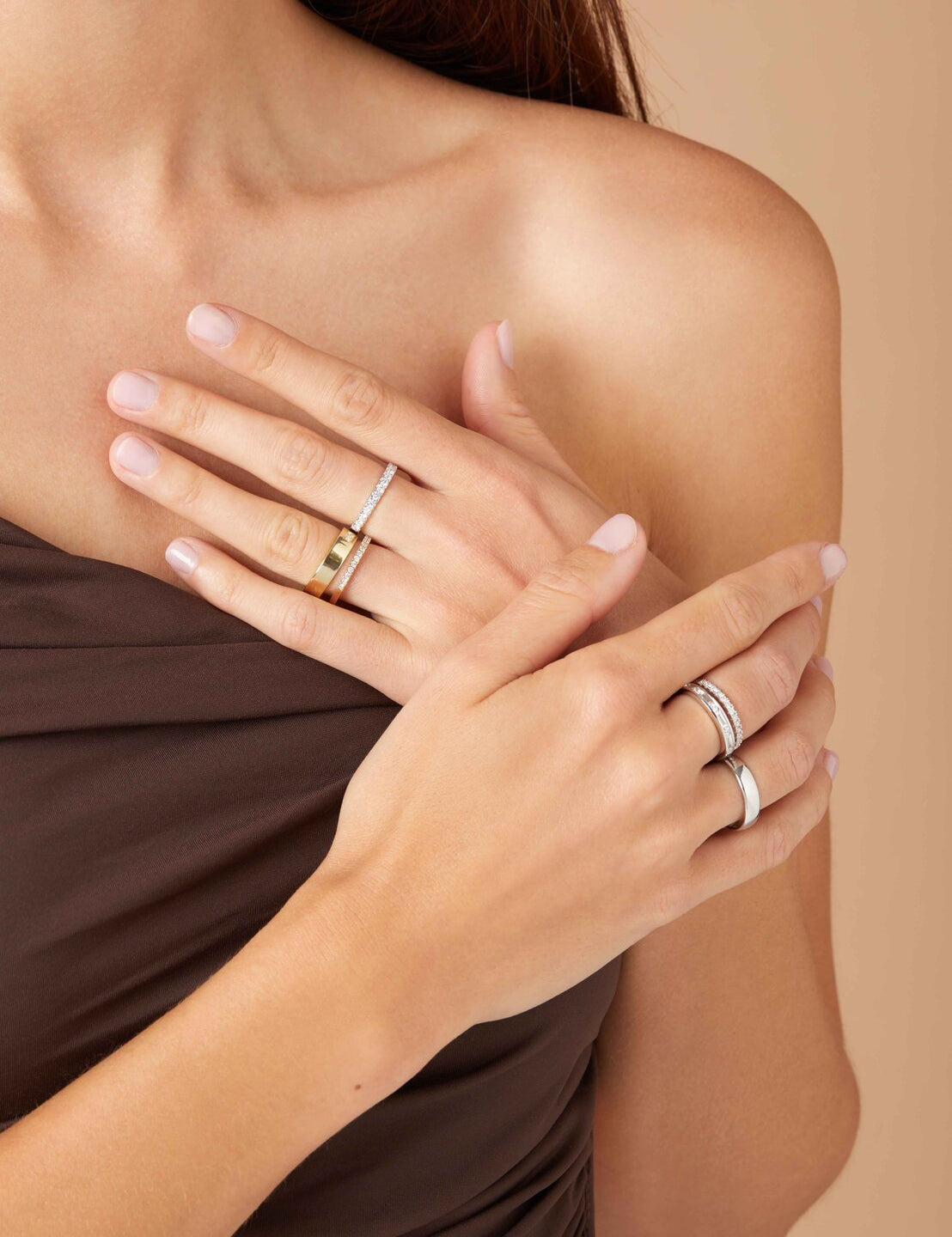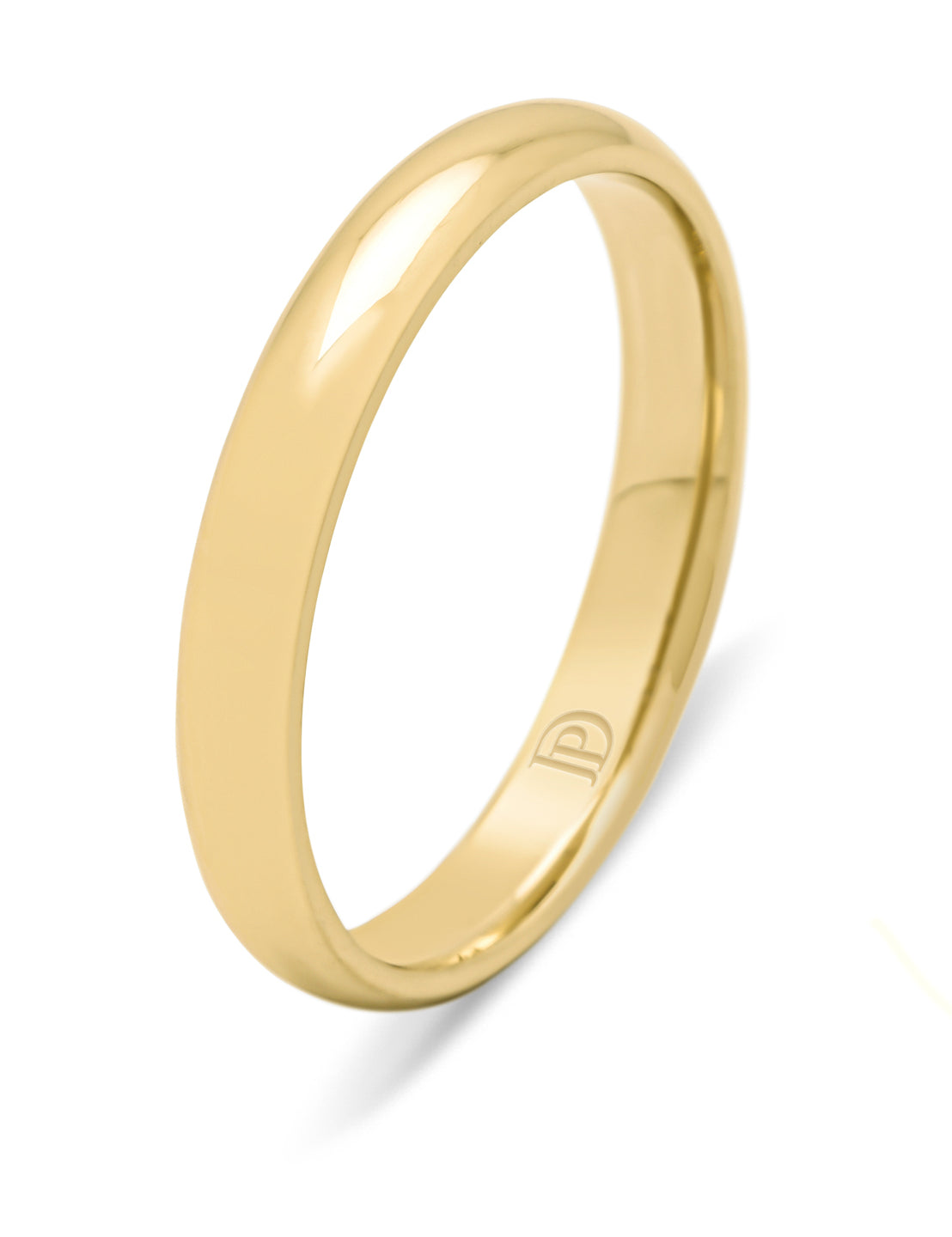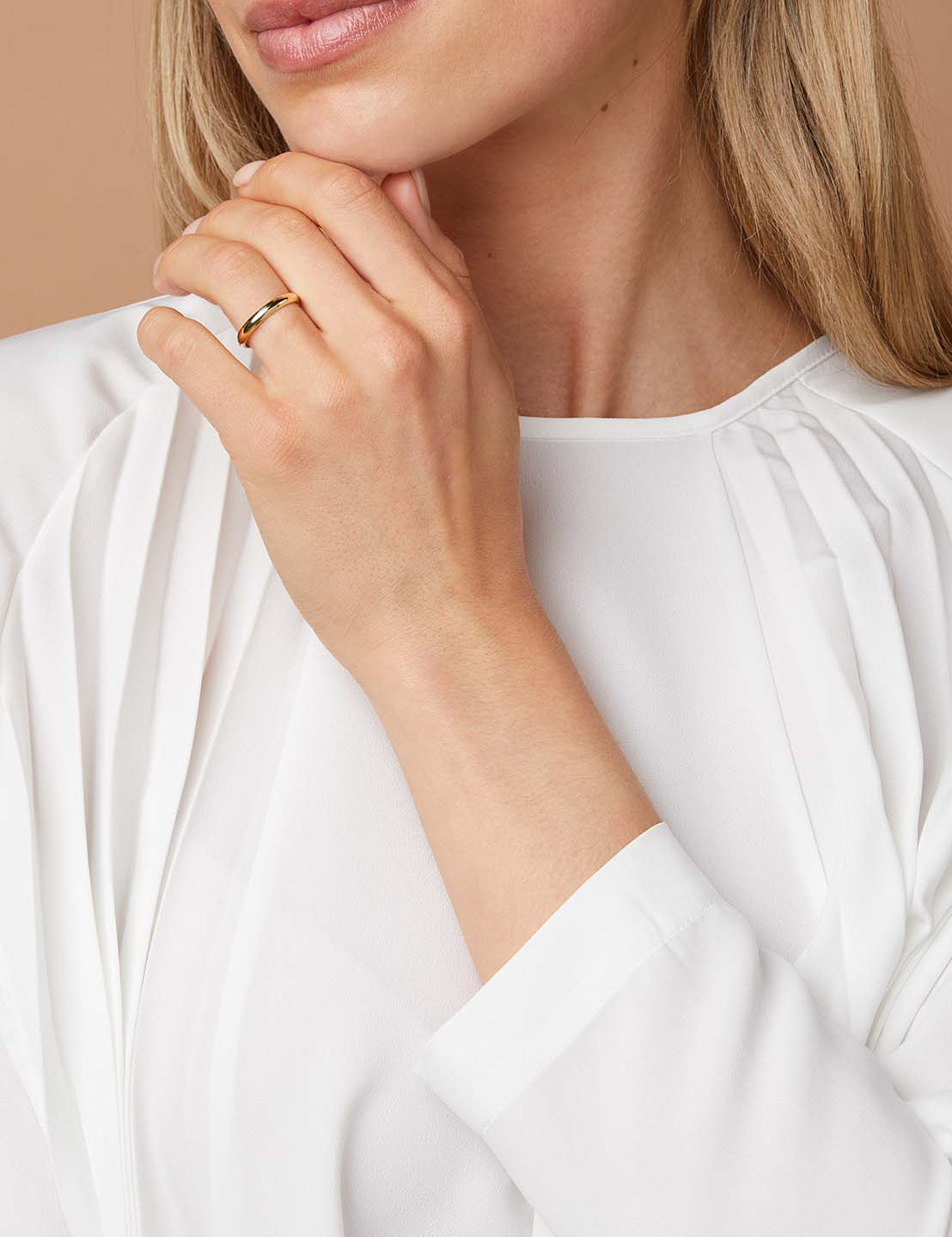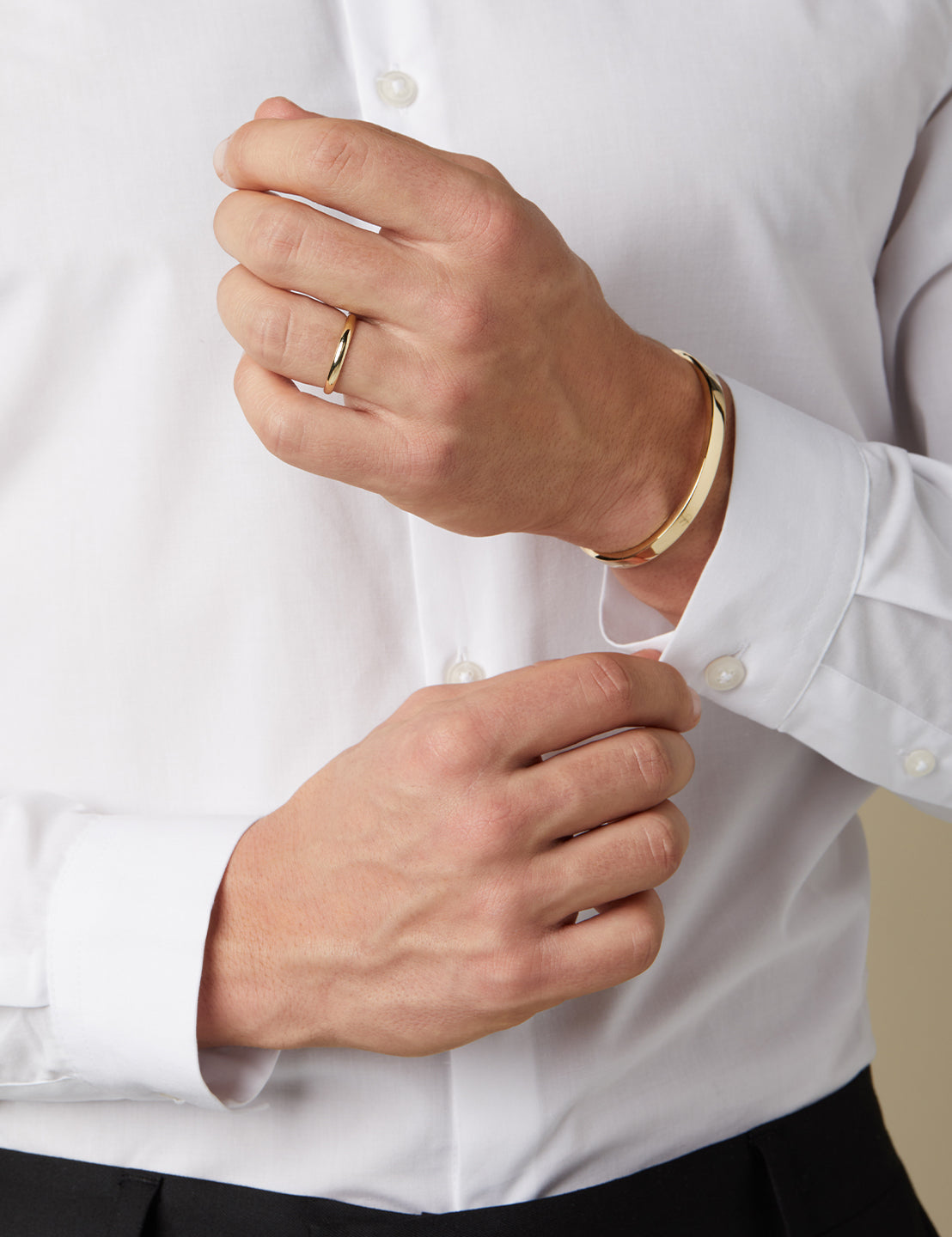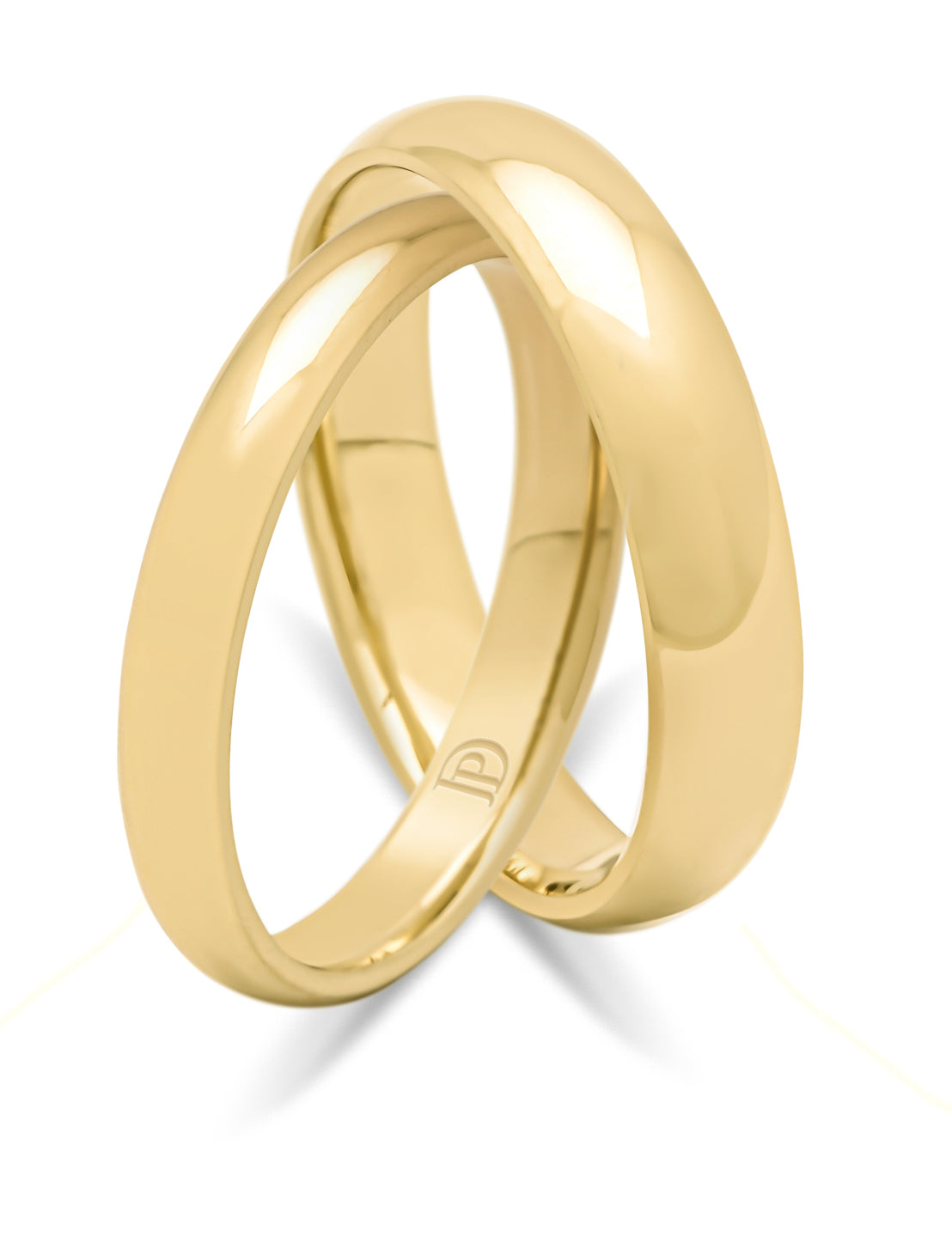Engagement rings and wedding rings are more than beautiful jewellery. It symbolizes the love and dedication of your relationship. In the Western cultures, the engagement ring traditionally is often worn around the ring finger. There is a thought behind this. The "Vena Amoris", also known as the vein of love, is the vein in the left ring finger and leads directly to the heart. Your ring is therefore directly connected to the heart. Nevertheless, wearing both the engagement ring and the wedding ring varies greatly and is determined by traditions, religious beliefs, cultural customs and personal preference. Do you want to read more about wedding rings? Then read Our ultimate guide: everything about wedding rings here.
What hand does the wedding ring belong to?
The question of which hand is suitable for the wedding ring has no universal answer. In the Netherlands, the wedding ring is often worn on the right hand, while in many other countries, such as the US and the UK, the left hand is common. The choice often depends on cultural and religious traditions, but in the end personal preference is the most important. Whether you opt for left or right, Diamond Point offers an extensive collection of wedding rings that
fit perfectly with your style. View our wedding rings. You can find more tips and inspiration for engagement rings and wedding rings on our to marry page.
Cultural influences on wearing engagement ring and wedding rings
Culture plays an important role in the tradition of wearing rings. Here are some regional differences:
Western Europe
In the Netherlands, France and the UK, the engagement ring is usually worn on the left. After the wedding, the wedding ring often moves to the right hand in the Netherlands, while in France and the UK the wedding ring remains on the left.
Eastern Europe and Scandinavia
In Eastern European countries such as Poland and Russia, and in Scandinavia, the right hand is the norm for both the engagement ring and the wedding ring. This is often associated with decisiveness and loyalty.
Latin America and India
In Latin America, wearing the wedding ring on the right hand is customary, while in India religious and regional traditions determine which hand rings are supported.

